Power 100
Our third annual list of influential figures in art, architecture, fashion, real estate, design, and more.
By Surface August 1, 2016
Alejandro Aravena
Founder, Elemental
It’s the Chilean architect Alejandro Aravena’s habit to look at architecture as a way to help people, and not to simply dazzle them with form. The ethos and practice of Aravena’s Santiago-based firm, Elemental, was essentially the blueprint for each national pavilion at this year’s Venice Architecture Biennale, which he directed. His brief, “Reporting from the Front,” asks a simple question, one that’s increasingly difficult to address: How can the advancement of architecture, given physical needs and local contexts, actually improve the quality of people’s lives? (Read our interview with Aravena.)

Renzo Piano
Principal, Renzo Piano Building Workshop
After the success of the new downtown location of the Whitney Museum, the condo commissions, the profiles, and the accolades, you might think that fame would have gotten the better of Piano. Yet there he was a couple of months ago, sitting on a panel for this year’s Pritzker Prize awards, pleading for architecture “as a public art.” He’s creating a new model for urban campus life with his Academic Conference Center for Columbia University’s new Manhattanville campus, and he’s dreaming up ideas for reconfiguring suburban development with his speculative G124 project. On top of that, construction of Piano’s Stavros Niarchos Foundation Cultural Center in Athens just wrapped, and is now the home of the National Library of Greece and the Greek National Opera.
David Chipperfield
Principal, David Chipperfield Architects
At a cocktail reception a few months back for his new condo tower just across from Manhattan’s Public Library, the British architect was the model of poise, seemingly unruffled by the hordes of admirers who crowded around him. One wonders how he does it—his planned expansion of the Metropolitan Museum of Art, announced last spring, would be enough to cause most designers to lose sleep. But no matter the size of the project, be it the subdued Nobel Center he’s designing for Stockholm or the sublime Butler dresser he created for this year’s Salone del Mobile, a certain preternatural tranquility is something of a Chipperfield hallmark.
Santiago Calatrava
Principal, Santiago Calatrava Architects & Engineers
Forty years from now, critics will still be disputing whether Calatrava’s transit hub at Ground Zero in Lower Manhattan was a good thing that just happened to cost $4 billion, or a thing that no matter how good it might be cannot possibly be worth the money. What’s curious is that even by the terms of the present debate, the Spanish-born architect seems to have won the day: The bird-like figure, with its spindly steel spikes, is without question an architectural event, a piece of infrastructural art in a city that needs more of it. Next up: A super-tall tower in Dubai.
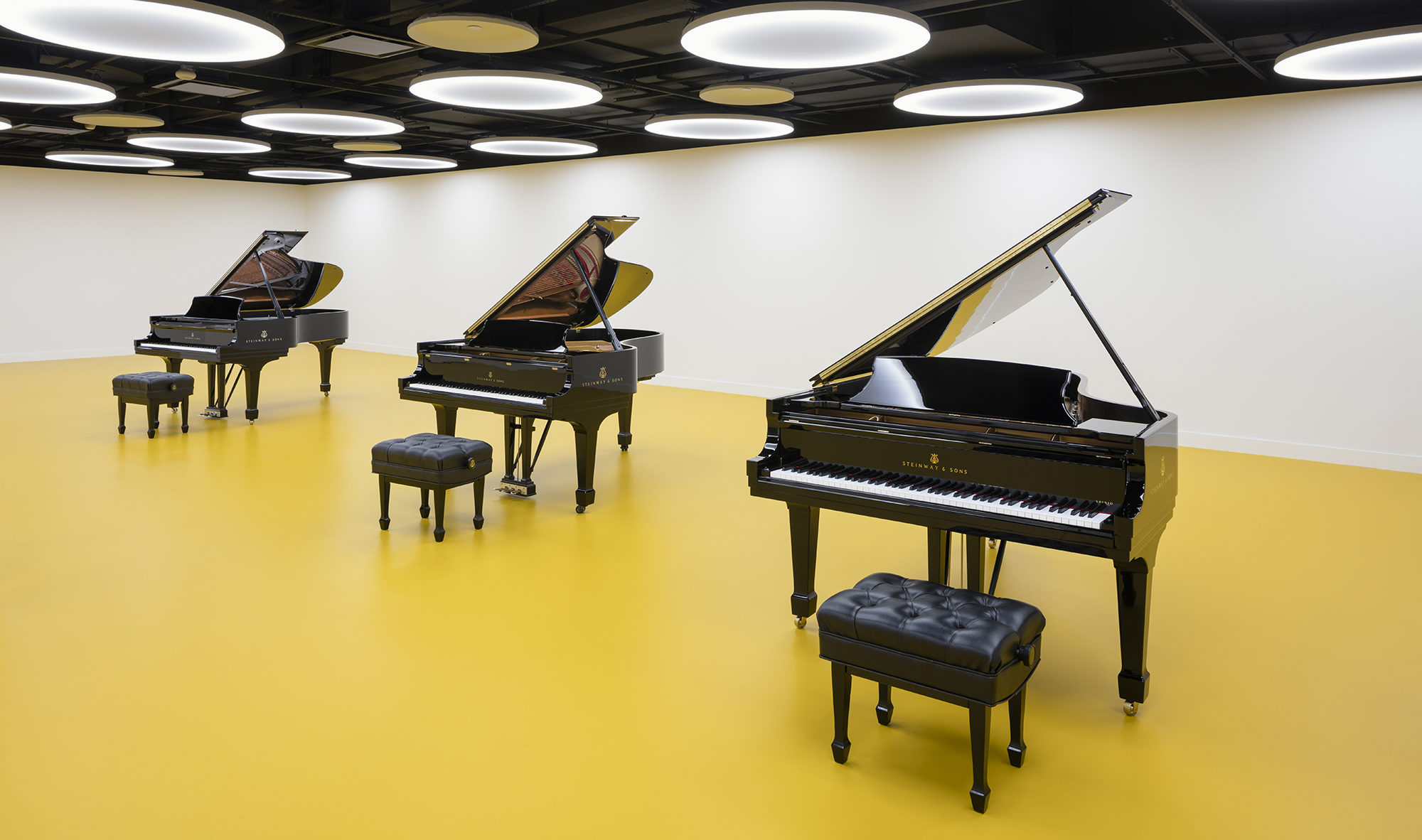
Annabelle Selldorf
Principal, Selldorf Architects
Some architects burst onto the scene; others seem to seep in slowly, completely saturating it. Selldorf is definitely the latter type, and in the last year or so her presence has become all but ubiquitous: new condos (including 10 Bond Street in New York), retail interiors (most prominently the new Steinway Hall in Midtown Manhattan), and major institutional commissions (the renovation and expansion of the Museum of Contemporary Art San Diego, currently underway) have shown that the breadth of Selldorf’s typological repertoire is at least equal to the depth of her architectural talent.

Deborah Berke
Founder, Deborah Berke + Partners
Berke has been all over the map as of late. In Manhattan, she’s wrapping up work on the interiors of Rafael Viñoly’s 432 Park Avenue, the tallest residential tower in the Western Hemisphere; in Lexington, Kentucky, and Oklahoma City, she’s seen the completion of two more installments in the 21c boutique hotel chain; and in New Haven, Connecticut, she’s set to assume the deanship of the Yale School of Architecture this fall, rising from a long-held post on the faculty. A well-known staple of the New York design world, her Midtown studio doubles as an art gallery, with rotating installations that showcase Berke’s evolving artistic tastes. (Read our feature on the 21c hotel group.)
Shohei Shigematsu
Partner, OMA
Architecture firm OMA is an intercontinental artistic missile. The brainchild of Dutch designer Rem Koolhaas, each of its several branches across the globe has its own super-charged creative potency, and in the U.S. the guy with his finger on the but- ton is Shigematsu. With the firm since 1998, he’s been in charge of the New York studio for a decade, and his current workload includes the soon-to-open Québec National Beaux Arts Museum in Canada and the recently completed Faena Forum in Miami. 2016 also saw him collaborating with artist Taryn Simon on a show at the Park Avenue Armory, and he devised the installation design for an exhibition at the Metropolitan Museum of Art’s Costume Institute. (Watch Design Dialogues No. 30 with Shohei Shigematsu.)
Jean Nouvel
Principal, Ateliers Jean Nouvel
After considerable delay, work has finally gotten underway at Nouvel’s new tower next to New York’s Museum of Modern Art. When finished, 53W53 will cut an unmistakable figure on the city’s skyline, a crooked black sliver pointing jaggedly skyward—just one more notch in the belt for a designer whose current roster of projects (the Abu Dhabi branch of the Louvre, the National Museum of Qatar, and One Central Park in Sydney) has him scattering similarly striking landmarks across the globe. As if to confirm his passage into architectural legend, he’s also set to be the subject of an upcoming documentary by the same filmmaker behind 2009’s “Valentino: The Last Emperor.”
Rafael Viñoly
Principal, Rafael Viñoly Architects
Following the completion of his 432 Park Avenue tower for developer Harry Macklowe—currently the tallest residential building in the world, at 1,396 feet in height—Viñoly started the year off in his home country of Uruguay, where his firm finished off a breathtaking circular bridge above a lagoon. The New York-based architect has also been busy working on other soaring skyscrapers, including 125 Greenwich Street in Manhattan and One River Point in Miami. Another major in-the- works project is the Hills at Vallco, a redevelopment of a “ghost mall” in Cupertino, California, that will include 625,000 square feet of shops, two million square feet of offices, and 800 residential units.
Tod Williams and Billie Tsien
Partners, TWBTA
While the husband-and-wife architectural duo of Williams and Tsien may have been a surprise to the general populace as the pick for the Barack Obama Presidential Center on the South Side of Chicago, for those in the know, it makes perfect sense. The New York-based firm, which beat out architects including David Adjaye, Diller Scofidio + Renfro, and John Ronan for the coveted spot, constructed the highly regarded Reva and David Logan Center for the Arts at the University of Chicago in 2013, and received a National Medal of Arts from President Obama in 2014. The Obama project is a major win for TWBTA, which saw its Folk Art Museum building razed by MoMA just two years ago.
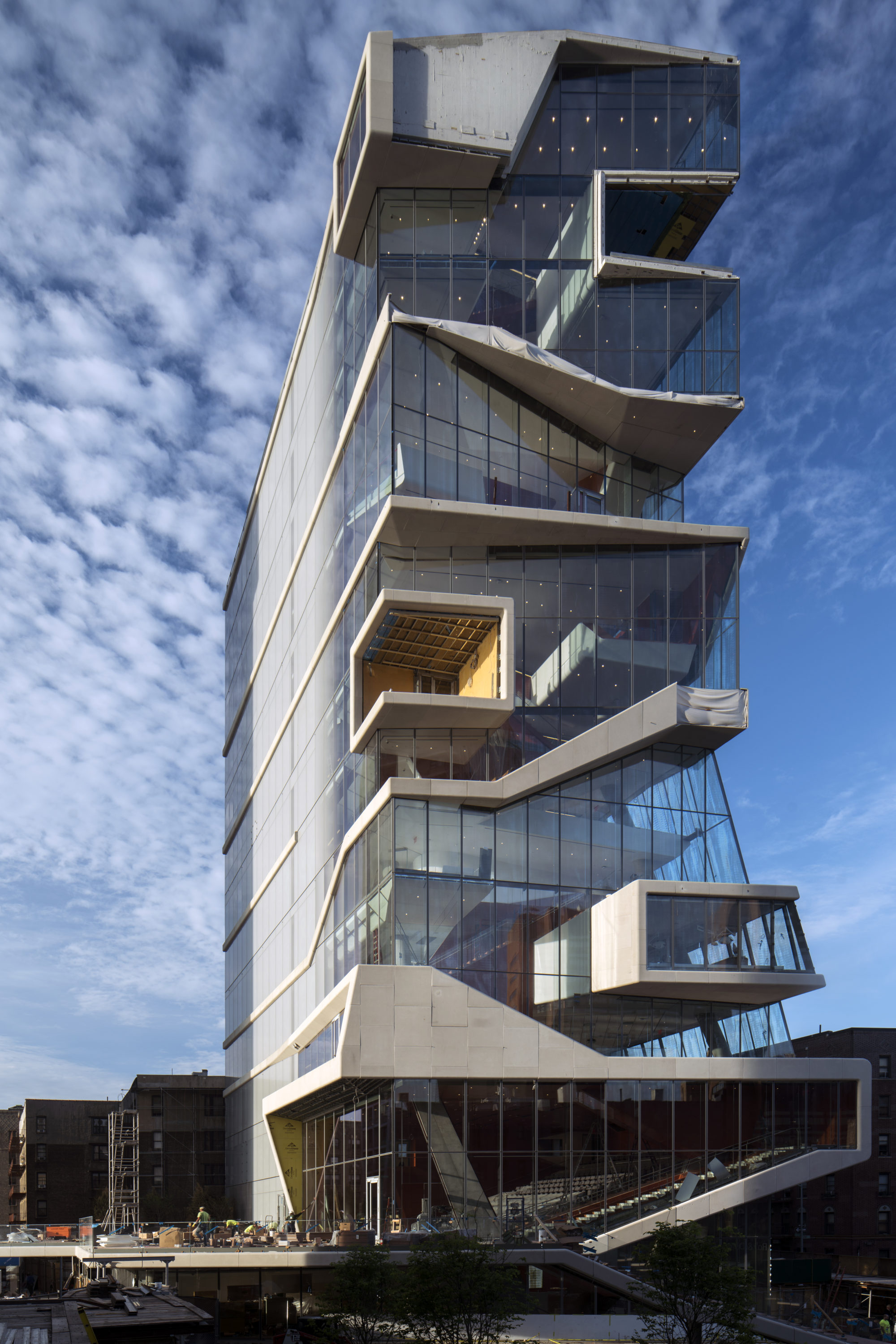
Elizabeth Diller, Ricardo Scofidio, and Charles Renfro
Principals, Diller Scofidio + Renfro
Their dynamic tag-team structure makes Elizabeth Diller, Ricardo Scofidio, and Charles Renfro a triple threat on the global architecture scene. Capable of taking on multiple high-profile commissions at once, they’ve lately been on the offensive in Chicago (a new campus building for the city’s eponymous university), Berkeley, California (the city’s new art museum), and in several sites around Manhattan, most recently a jagged, zig-zagging tower, the Roy and Diana Vagelos Education Center, right next to the Columbia University hospital complex. Oh, and in their spare time? They’re reinventing the Museum of Modern Art with a bold renovation that will soon be underway.
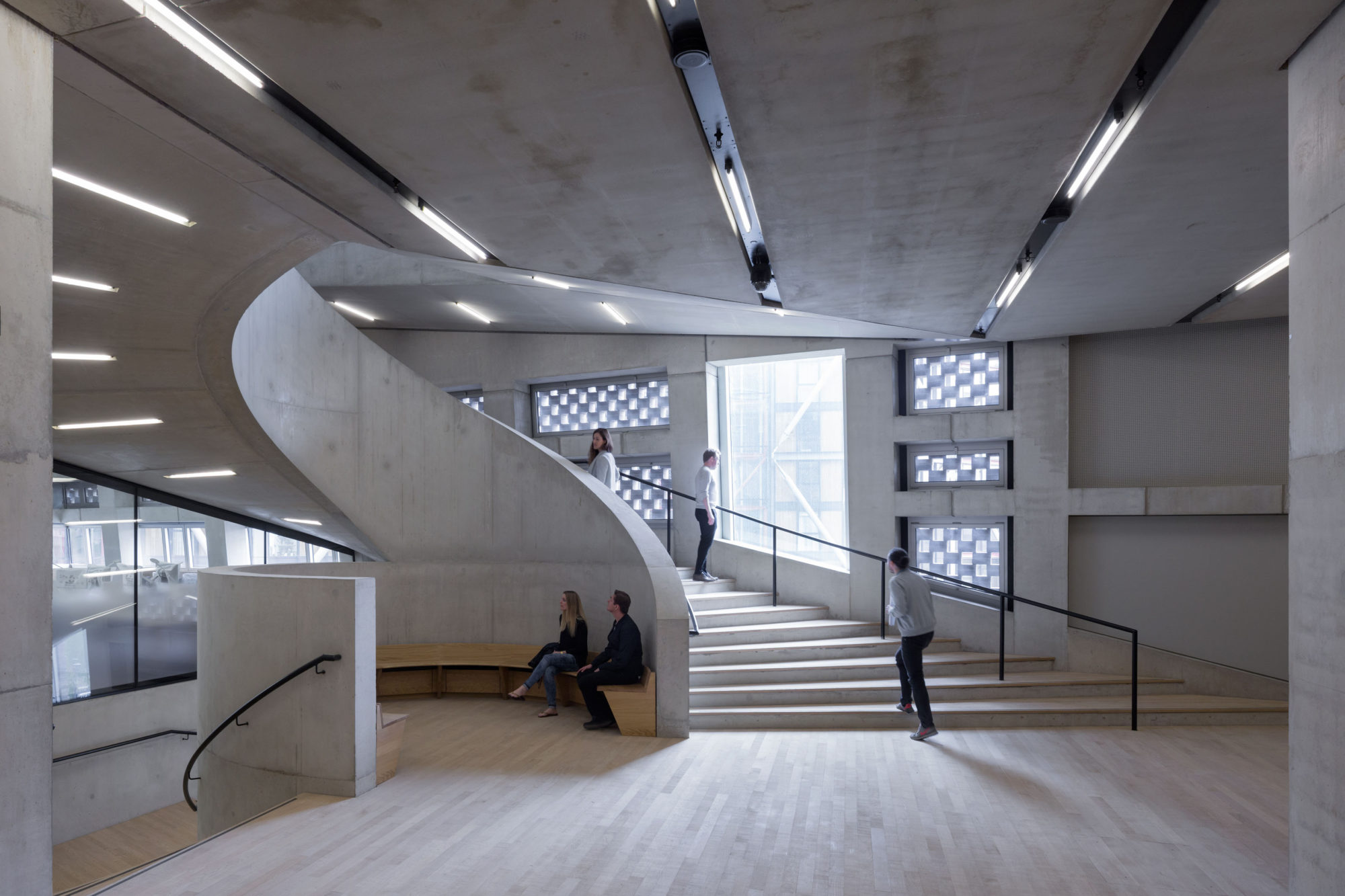
Jacques Herzog and Pierre de Meuron
Partners, Herzog & de Meuron
In addition to completing the soaring 10-story Switch House building for London’s Tate Modern museum and the monolithic Schaudepot building for the Vitra Design Museum in Weil am Rhein, Germany—both of which opened in June—the Basel, Switzerland-based firm is set to finish construction this year on Hong Kong’s Central Police Station compound; the 56 Leonard skyscraper in New York City; Ian Schrager’s 215 Chrystie, also in New York; the headquarters for the Fondazione Giangiacomo Feltrinelli in Milan; and a residential building in Beirut. Another of Herzog & de Mueron’s major projects, the Elbphilharmonie concert hall in Hamburg, Germany, will be unveiled next January.
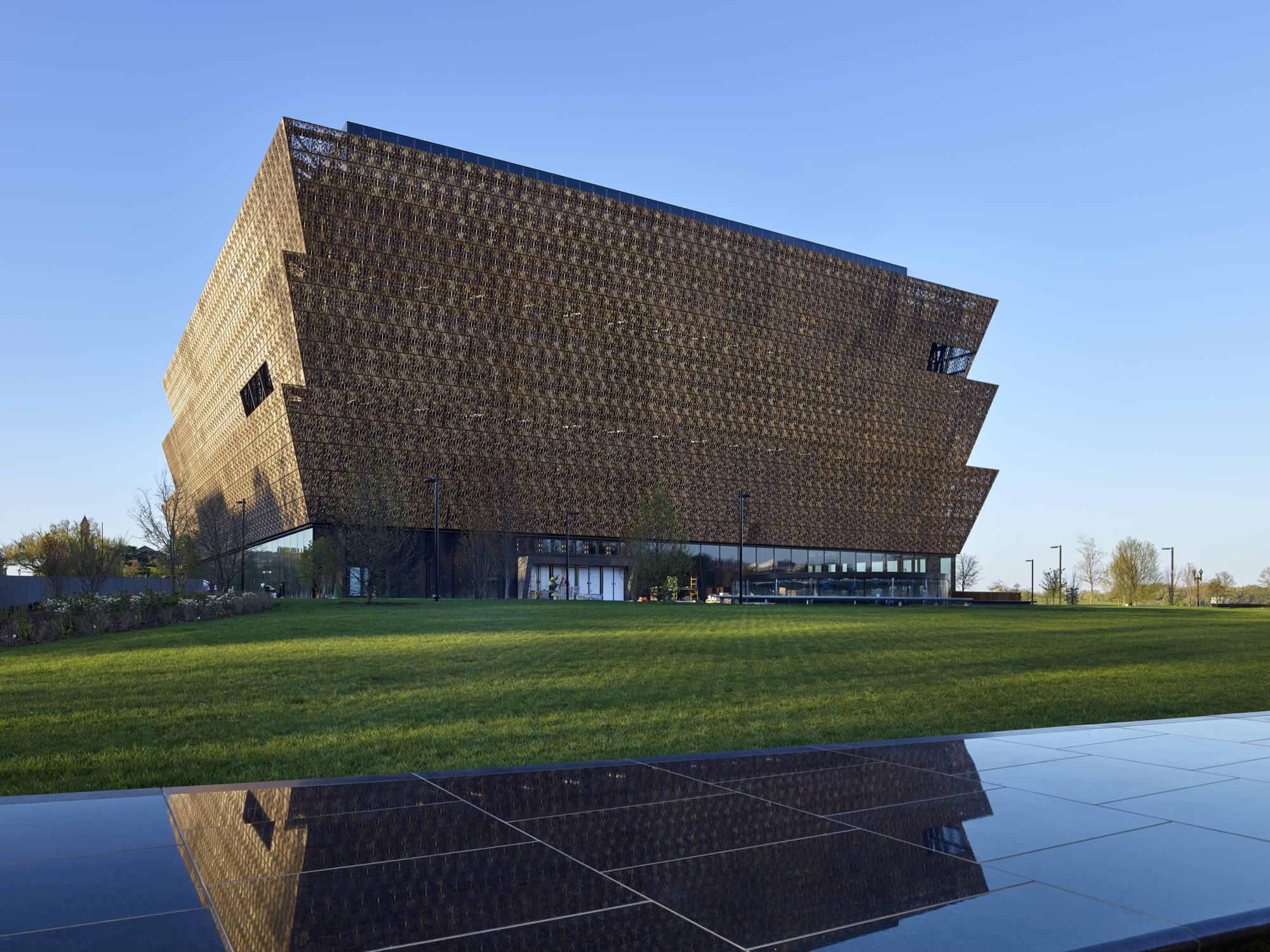
David Adjaye
Principal, David Adjaye Associates
The Tanzania-born architect celebrated two major milestones this year: the opening of the Smithsonian National Museum of African American History and Culture in Washington, D.C., and his 50th birthday. The 420,000-square-foot structure subtly references its site on the National Mall and the history it showcases inside its walls. (Read our cover interview with Adjaye.)
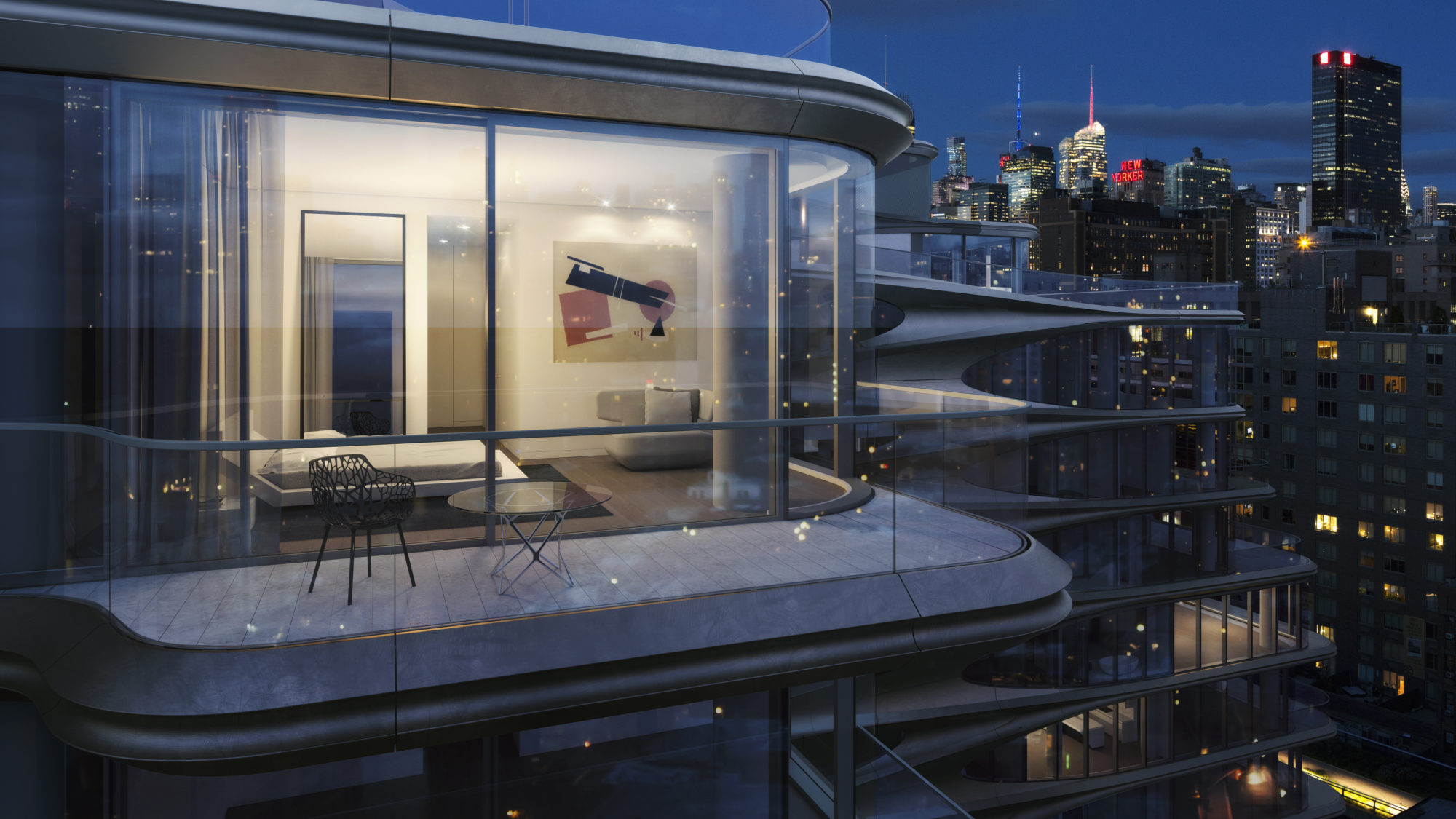
Patrik Schumacher
Partner, Zaha Hadid Architects
When architect Zaha Hadid passed away on March 31 at age 65, her nearly 400-person firm was left reeling. Schumacher, a 54-year-old German architect and theorist who had worked alongside Hadid for 28 years and is the only other partner in the firm, was left to keep the staff together and push forward on the 36 projects currently under construction or in contract, including a bridge in Taiwan, a residential building along the High Line in New York, a controversial stadium in Qatar, and the Iraqi Parliament. If anyone is fit to carry the celebrated firm forward, it’s Schumacher (though the transition has not been entirely smooth).
Norman Foster
Principal, Foster + Partners
There’s a story that Foster once won a commission by landing on a would-be client’s lawn in a hang glider. It feels true: The man behind several new super-high-end luxury towers in Manhattan, the Faena Tower in Miami, and a recent design show featuring his firm’s work at the Aram Gallery in Manhattan, Foster seems to have almost sinister, superhuman powers. But there’s another side to him, too: At the Venice Biennale, he debuted an experimental “droneport,” an innovative plan for distributing goods and humanitarian aid throughout sub-Saharan Africa. Turns out this super-villain has a heart of gold.
John Pawson
Principal, John Pawson Architects
Pawson’s London-based firm recently completed a bunker art space in Berlin’s Kreuzberg district for the art collection of Désiré Feuerle; three private homes, one in Okinawa, Japan, the other two in Paros, Greece; and the Life House in Wales, the latest addition to the Living Architecture series of rentable homes in the United Kingdom. Upcoming projects include the interiors of Ian Schrager’s 215 Chrystie development in New York’s Lower East Side, and Aby Rosen’s W Tel Aviv Hotel and Residences, situated in a 19th-century building in the old city of Jaffa.
Bjarke Ingels
Principal, Bjarke Ingels Group
The sun was setting over Venice, Italy, on the second day of this year’s Architecture Biennale, and hundreds of slightly sodden design folk were dancing and drinking aboard a giant pirate ship sailing down the Grand Canal, courtesy of Danish architecture firm BIG. It was a classic Ingels party: The founding principal of the Copenhagen- and New York-based studio, Ingels likes to have a good time, and a series of high-profile commissions—notably the Via 57 tower on the West Side of Manhattan, as well as last summer’s Serpentine Pavilion—means he has a lot to celebrate.
Hospitality & Real Estate
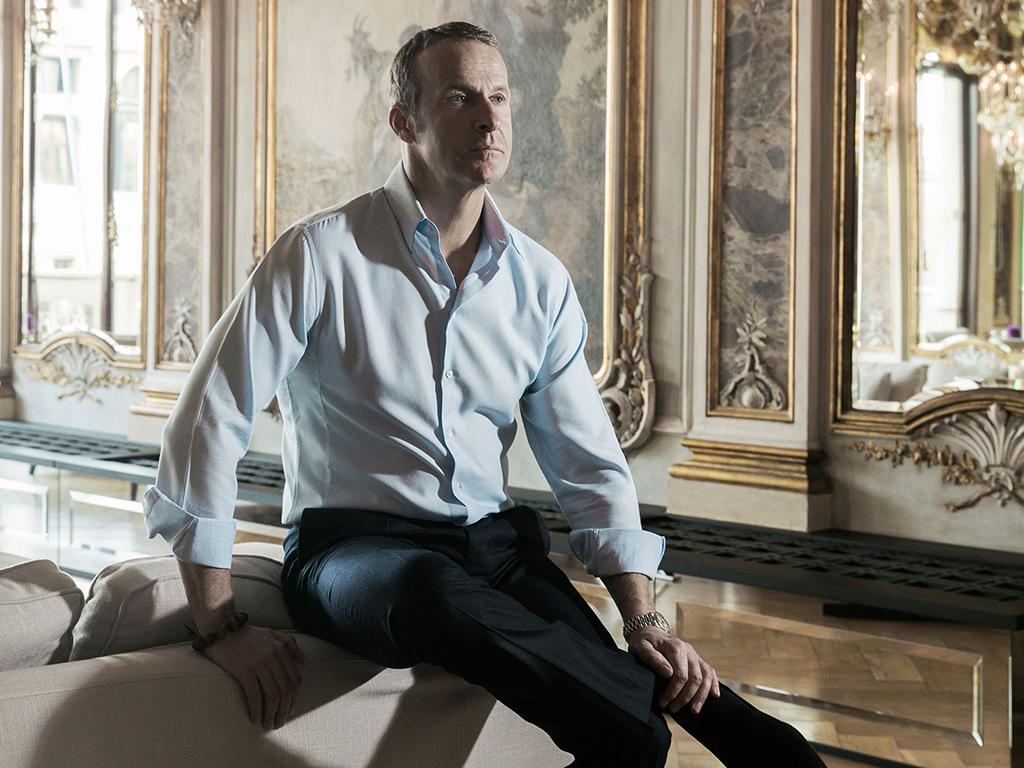
Vladislav Doronin
Founder and chairman, Capital Group
Owner and chairman, Aman Resorts
Chairman and CEO, Oko Group
Vladislav Doronin is no ordinary Russian businessman. Even if the 53-year-old’s fortune has been built largely on real estate, it’s not of the cookie-cutter variety—although his portfolio certainly is gilded; his client base is Russian, after all. (The U.K.’s Evening Standard dubbed Doronin “Russia’s answer to Donald Trump.”) For more than two decades, Doronin has pushed successfully to bring international architects to Russia. Now, with his new Oko Group, he’s taking his real estate prowess to America. Doronin is also the owner of Aman, a chain of resorts known for impeccable service and detail-oriented design. We recently spoke with the business magnate about his various projects and generally overstated pursuits. (Read our interview with Doronin.)
Ian Schrager
Hotelier
The former Surface cover subject’s Edition Hotels are scaling up. After successful openings in New York and Miami, and inking a new partnership with Marriott International, Schrager is set to launch more luxury hotels under the Edition umbrella in places like Bangkok, Barcelona, and Bali, Indonesia. In addition to his current Manhattan residential projects at 160 Leroy Street and 215 Chrystie Street, Schrager plans to open a second Edition in the city in Times Square.
Larry Silverstein
Founder and chairman, Silverstein Properties
Silverstein continues his much-debated work at the post-9/11 World Trade Center, which he leased six weeks before the attacks. With 2 World Trade Center, Danish architect Bjarke Ingels has designed a stair-like tower of 2.8 million square feet that when completed will be one of Silversteins’s edgiest production moves to date. Originally, Norman Foster was tapped to design the tower, but Ingels was brought in by News Corp., which announced it would become the building’s anchor tenant. Silverstein has developed 3 World Trade Center, designed by Richard Rogers and under construction, which surpassed 1,000 feet in March, and anticipates 80 floors. It is slated to open its doors in 2018. As for Building 2, it is unknown whether Silverstein will proceed with this design, or revert back to Norman Foster’s original design now that News Corp. pulled from the deal. (Read our recent interview with Silverstein.)
Alan Faena
Founder, Faena Group
The Argentine hotelier and real estate developer is a bit eccentric. He’s known for always wearing all white, from his shoes to his cowboy hat. And for talking big: “I come from the world of dreams. I come from the world of creation.” His big talk is matched only by the size of his developments. Faena is nearing the final stages of his most ambitious project yet, Faena District Miami Beach. Slated to open in full in 2017, its master plan includes two hotels, three condo buildings, and an arts center, in addition to shops and a garage. Soon, the man in white will have eight blocks of Miami Beach developed under his name. (Read about the opening of the Faena Hotel in Miami Beach.)
Barry Sternlicht
Chairman and CEO, Starwood Capital Group
Since the billionaire opened the first two locations of his eco-luxury 1 Hotels brand last year, with another to open in Brooklyn Bridge Park soon, he’s set his sights on Silicon Valley, Austin, Texas, and London. The chain features sustainable amenities like water filters, hemp mattresses, and eucalyptus laundry soap, attracting and maintaining the attention of the elusive millennial demographic. The successful launch of 1 Hotels is only the latest in a long list of accomplishments for Sternlicht, however. The former leader of Starwood Hotels & Resorts Worldwide, which sold to Marriott for $12.2 billion in 2015, made $8 billion worth of apartment acquisitions in six months this past year.

Stephen Ross
Cofounder and chairman, The Related Companies
Owner of the Miami Dolphins and chairman of Related Companies, Ross continues the latter group’s work on the largest private development project in the U.S. since Rockefeller Center: the $15 billion Hudson Yards project in the Chelsea neighborhood of Manhattan. With one tower completed, 70-, 75-, and 80-floor skyscrapers remain on the docket for Related, along with more than 6 million additional square feet of residential, office, and mixed use space in the form of smaller buildings at the location. The entire Hudson Yards project, the location of which continues to gain value every day, is estimated to be completed by 2024.
Stephen Owens
President, Swire Properties
The man, the myth, the legend, Owens has been tasked with one of Miami’s largest, most ambitious developments to date in Brickell Key, a job he has undertaken for Hong Kong-based Swire Properties. Swire has been building on the manmade island for decades, going back to before Owens took over as president of U.S. operations in 1985. This year, the company completed construction on the Arquitectonica-designed Brickell City Centre. The final property to be built on the island will be a massive luxury property made up of condominiums, a hotel, and office space. Owens has announced that he will be retiring in January 2017, upon completion of the Brickell projects.
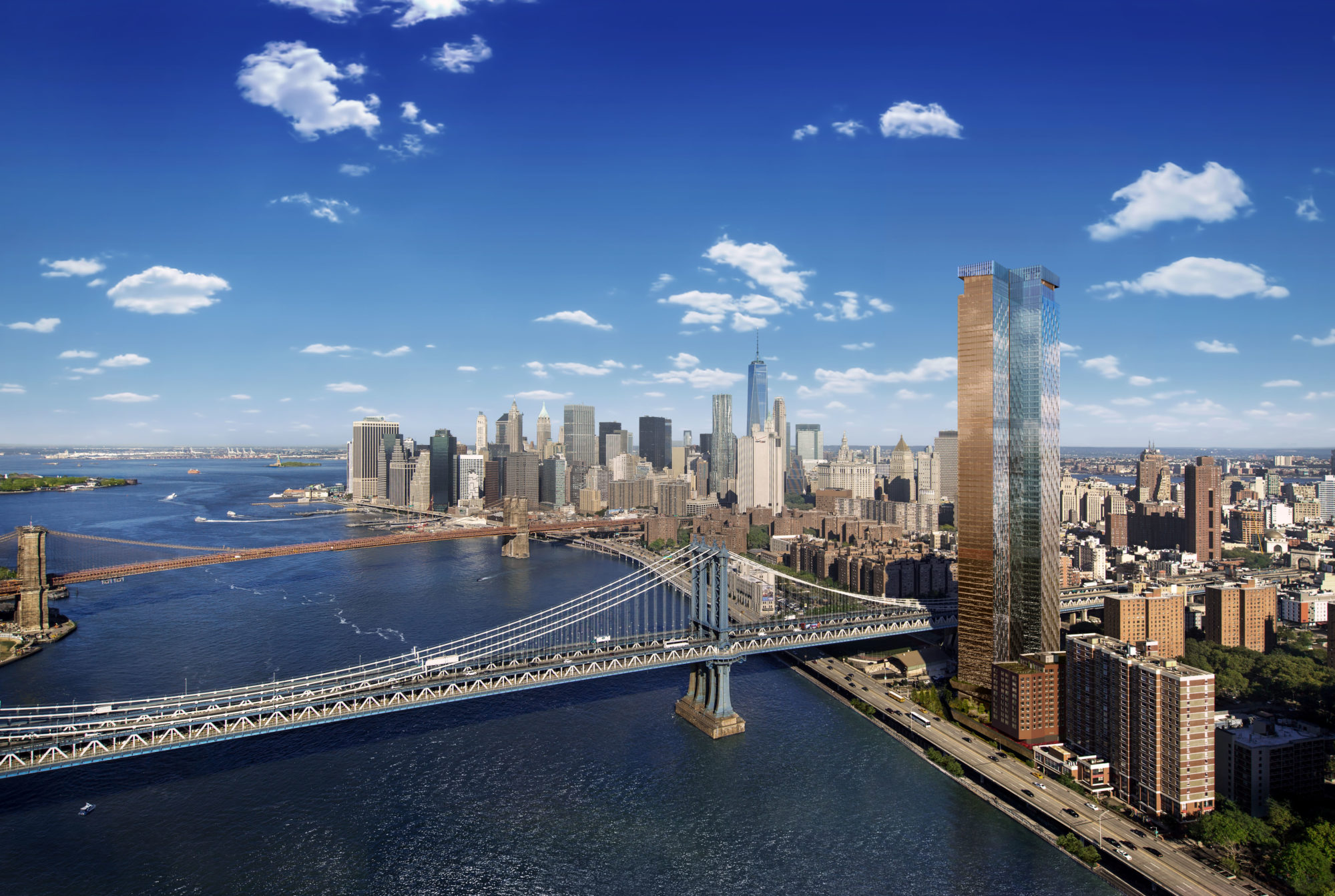
Gary Barnett
President and founder, Extell
Barnett is the founder and head of Extell Development, a heavyweight in the New York real-estate industry for years. The opinionated businessman has recently come under fire for his controversial position of supporting the so-called “poor door” for lower-income residents. However, he is better known for his luxury real estate: One57 (home to the Park Hyatt hotel), the International Gem Building, and Riverside South, all in Manhattan. It was just recently announced that Barnett is in the process of developing a 445-room Hard Rock Hotel in Midtown Manhattan. Barnett also has a 487-room, 550-foot Hyatt in the works in the middle of the Theater District.

Sonia Cheng
CEO, Rosewood Hotel Group
With a Harvard degree in applied mathematics and experience at private equity firms like Morgan Stanley, Cheng smoothly transitioned into the hospitality industry when her father bought Rosewood Hotel Group for $230 million and appointed her CEO. Although unexpected, her millennial instincts and prestigious education have put the luxury brand on the map, with 55 hotels in 18 countries. Known for owning the Carlyle in New York and Hôtel de Crillon in Paris, the resort agglomerate opened Rosewood Castiglion del Bosco, one of the oldest estates in Tuscany, this past May. With Cheng holding the reigns, Rosewood Hotel Group is poised to expand into mainland China next year.
Aby Rosen
Cofounder, RFR Holding
Our 2014 Power 100 coverboy Aby Rosen has made many headlines in the past year, most of which focused on the closure and renovation of New York’s legendary Four Seasons at Mies van der Rohe’s Seagram building on Park Avenue. (Rosen owns the building, as well the Lever House, the Seagram’s suave neighbor across the street.) His other big news this year came in the form of a hotel opening in SoHo: 11 Howard. In addition to its 211 rooms and suites designed by Space Copenhagen with a focus on hyperlocalist materials and food-and-beverage programs by Stephen Starr, Rosen has set himself up for another design success.
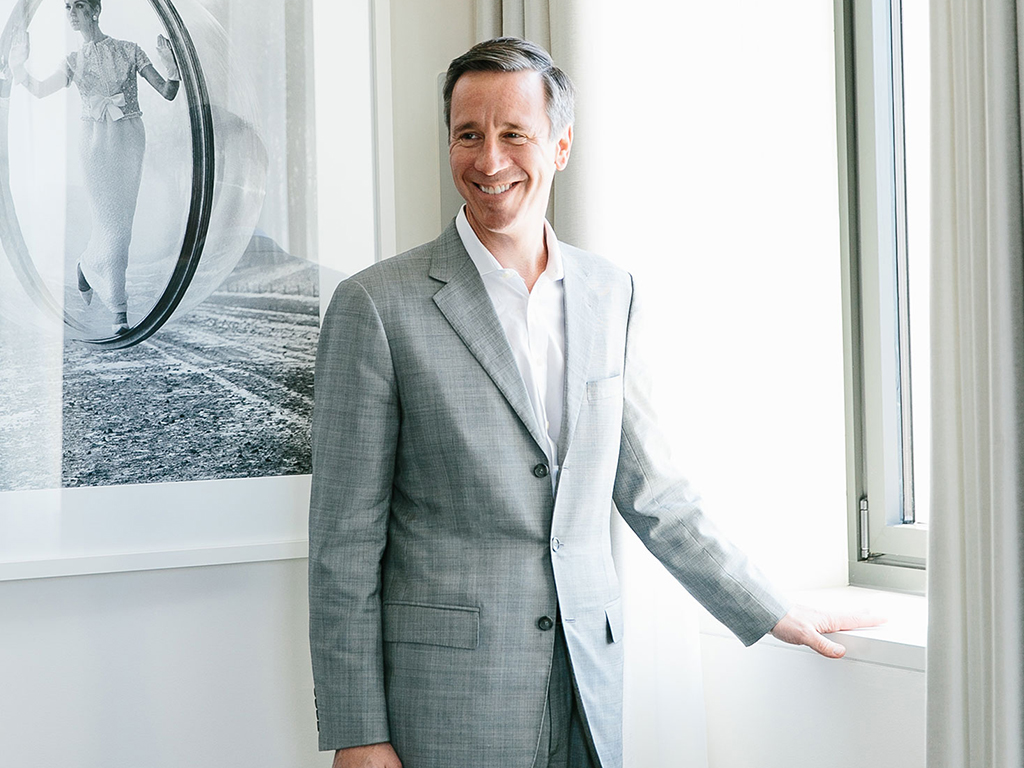
Arne Sorenson
President and CEO, Marriott International
Following the mega-merger of Marriott International and Starwood Hotels and Resorts Worldwide, CEO Arne Sorenson will helm the world’s largest hotel chain—one with a combined 1.1 million rooms, and 400,000 more coming down the pipeline. In a recent interview, he told Surface about everything from sustainability and LGBT rights to the importance of good design and listening to the competition.
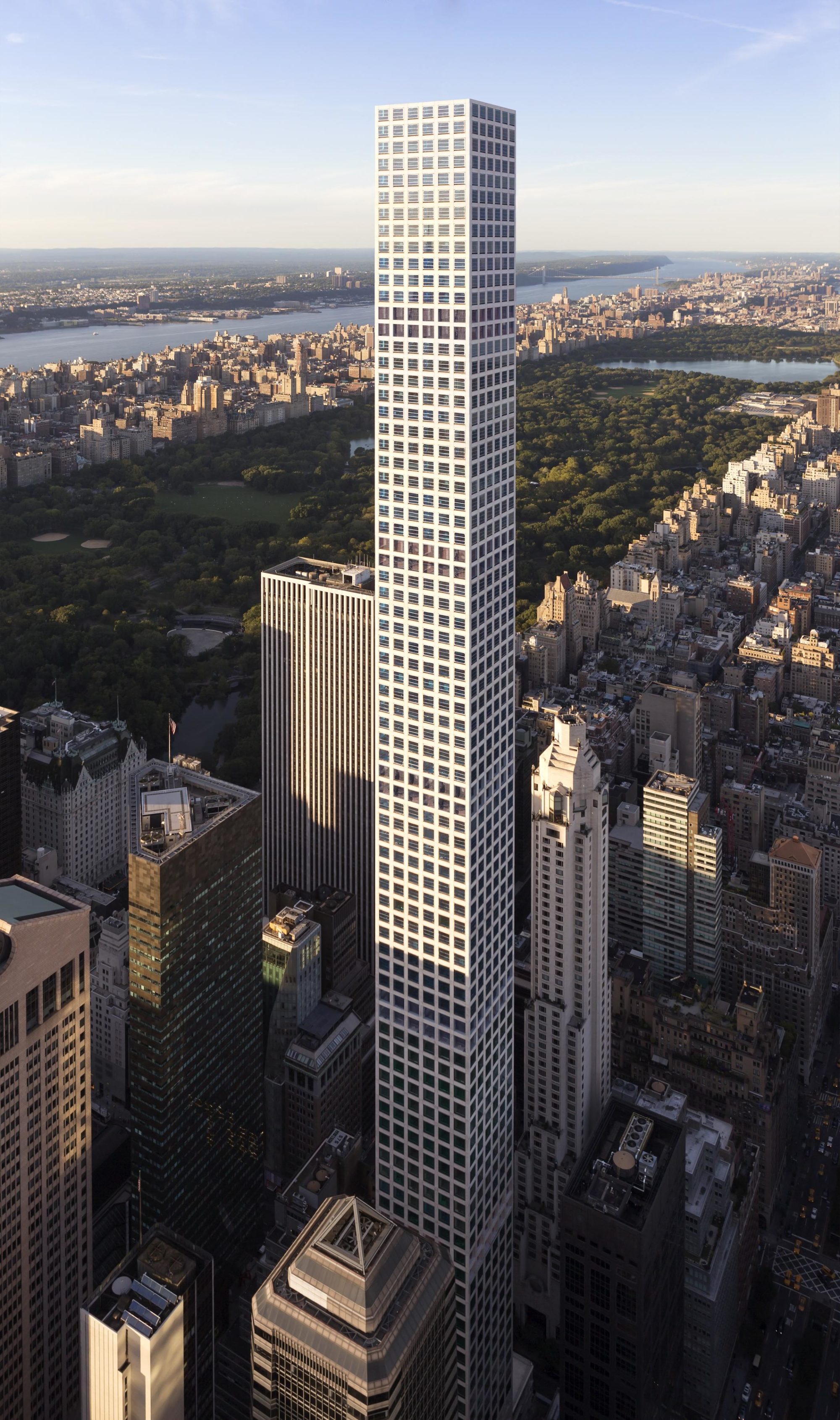
Harry Macklowe
Founder, Macklowe Properties
Macklowe aimed high in 2016 with his $1.5 billion conversion of One Wall Street with New York architecture’s elder statesman Robert A. M. Stern. The fusion of retail and residential make up the new design of the legendary Wall Street landmark, hosting 944,000 square feet of condominiums, rental properties, and retail space. Macklowe has similar ambitions for his work at 432 Park Avenue, where he plans to build a glistening, avant-garde glass “retail cube” connecting his luxury condominium buildings together. Combined with his plans for 200 East 59th Street—a grand project featuring a new textured, basket-like design to the building’s exterior—Macklowe remains a captain of Manhattan real estate development.
Craig Robins
Co-owner, Design Miami
President and CEO, Dacra
Robins was was recently named a 2016 Creative Times Annual Gala honoree, and flexed his philanthropic muscles by making the largest donation in Pérez Art Museum Miami history: 100 paintings. The president and CEO of real estate firm Dacra has been dedicating much of his career to developing the Miami Design District with galleries, showrooms, and residential developments. As of late, he has been pushing for the construction of a parking garage in the heart of Miami, a project designed by the late Iraqi architect Zaha Hadid that was rejected a few weeks before her passing. (Watch Robins in conversation with Diana Widmaier Picasso and Ximena Caminos during Art Basel Miami Beach 2016.)
Nick Jones
Founder, Soho House
From its beginnings as a posh members club in London’s fashionable Soho neighborhood, Soho House has expanded into an worldwide enterprise with 17 international locations. Jones has spearheaded the global diversification of the creative club over the past two decades. His most recent venture brought Soho House to the Carbon Beach oceanfront in Malibu and a rural farmhouse in the English countryside. Soon clubs will be popping up in portside Plaza Medinaceli in Barcelona and Amsterdam’s Dam Square. A Tokyo location to be designed by Tadao Ando was also just announced.
Ferran Adrià
Chef
The chef who rewrote the culinary laws at his groundbreaking, three-Michelin-starred El Bulli, which shuttered in 2011, has since trained his ambition on something more consequential: decoding the history of food. At his El Bulli Foundation in Barcelona, Adrià and a team of scientists, historians, and artists have been hard at work tracing back the origins of ingredients, cooking methods, and even kitchenware, with the goal of creating a gastronomic bible that will be published under the name Bullipedia. To illustrate the creative process of conceptualizing a dish, the foundation has put on exhibitions around the world and partnered with luminaries from numerous fields, like architects Norman Foster and Jean Nouvel. Coming next year: a laboratory/museum on the site of his defunct restaurant. It will display the sketches and anatomy of the roughly 1,800 dishes the toque served at El Bulli, and serve as a space to showcase the findings of the think tank.
Jorge Pérez
Chairman and CEO, Related Group
Since donating $35 million to the Miami Art Museum—it was renamed the Pérez Art Museum Miami, or PAMM, in 2011—the developer has given more this year in the form of sculpture by Ernesto Neto and Pablo Atchugarry, in addition to funding a new exhibition. Head of the largest Hispanic-owned private company in the U.S. and a previous Surface cover subject, the 66-year-old joined President Barack Obama on a diplomatic trip to Cuba in March in an effort to ameliorate relations with the country, having championed an improved coexistence with the island since he served on President Bill Clinton’s advisory board for Cuban policy.
Fashion
Maria Grazia Chiuri
Creative director, Dior
After 17 years at Valentino, Chiuri broke off her partnership with long-time collaborator Pierpaolo Piccioli to become Dior’s creative director, filling the widely-discussed vacancy left by Raf Simons. Chiuri’s portfolio stretches for decades, showcasing her role as accessories designer for Fendi in 1989, where she initially recruited Piccioli to work alongside her. After being personally drafted by Mr. Valentino in 1999, the pair took the creative reins, attracting a new generation of Valentino fans and helping to generate a reported $1 billion business as of 2015. Chiuri showed her first collection for Dior this fall for its spring 2017 ready-to-wear line. She is the first female designer for the Paris-based brand.
Jonathan Anderson
Creative director, Loewe
Founder and Creative Director, J.W. Anderson
In a moment when much conversation revolves around an assiduously rapid fashion calendar, 32-year-old Anderson produces 12 collections a year with an illusion of effortlessness. Between the once sleepy Spanish luxury brand Loewe that he has breathed life into as creative director and his namesake label J.W. Anderson, the Irish designer has managed to manifest 360-degree talent: He has an affinity for pushing menswear codes, creating experimental women’s ready-to-wear, and establishing “it” accessories (i.e.: Loewe’s Puzzle Bag). What’s more impressive is his lack of complacency. With every new idiosyncratic collection, the praise, along with his craft, seems to rise. One thing is clear: It’s all eyes on Anderson.
Tom Ford
Founder and creative director, Tom Ford
Ford, known to march to the beat of his own drum, was one of the first designers to adopt a see-now-buy-now model for his namesake label’s runway collections. In this case, said runway was anything but traditional. Ford drew buzz in 2015 by forgoing the typical fashion show model and presenting his spring collection as a high-energy music video starring Lady Gaga, and the showing of his fall 2016 collection coincided with its in-store date. The multidisciplinary creative also completed his second film, “Nocturnal Animals,” starring Jake Gyllenhaal and Amy Adams, which he wrote and directed.
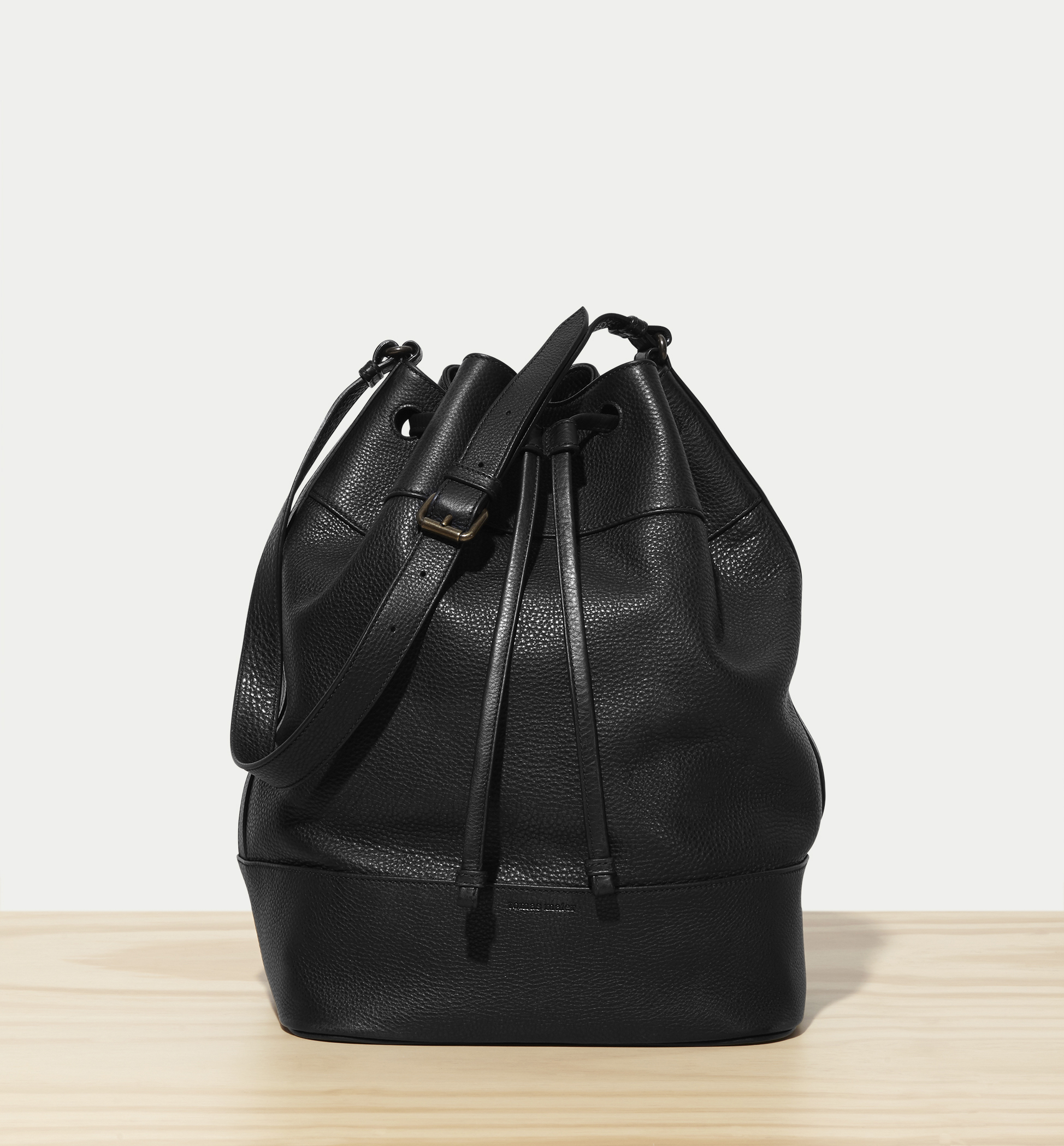
Tomas Maier
Creative director, Bottega Veneta and Tomas Maier
Bottega Veneta’s 50th anniversary calls for a reflection on the past 15 years, the tenure of creative director Tomas Maier. In a decade and a half, he has grown the Italian fashion house, known for its leather goods, into a lucrative and well-rounded business of men’s and women’s ready-to-wear, home décor, luggage, and more. With his hand in all creative aspects of the label, the 59-year-old designed the newest store on Rodeo Drive that opened this May. His own eponymous label celebrates its 20th anniversary next year, further proving his aptitude for staying power. (Read about Maier’s hands-on approach to the new Bottega Veneta store in Beverly Hills.)

Ashley and Mary-Kate Olsen
Cofounders and designers, The Row and Elizabeth and James
The Row’s Manhattan flagship, the long-awaited follow up to its Melrose Place store, opened in May after designers and cofounders Ashley and Mary-Kate Olsen patiently held out for the East 71st Street location. The townhouse-esque store is bedecked with Jean-Michel Basquiat art and furniture by Frank Lloyd Wright and Jean Royère. As for the high-end line itself, footwear was added to The Row’s offerings this year, joining the ranks of its sought-after handbags and ready-to-wear items. While the sisters continue to create buzz at their own pace, they have also affirmed themselves as businesswomen, reclaiming control of contemporary label Elizabeth and James, which they launched in 2007, from L.A.-based Jaya Apparel Group.
Natalie Massenet
Entrepreneur and chair of the British Fashion Council
Massenet, founder of retailer Net-A-Porter, started 2016 with a new title, courtesy of Queen Elizabeth II. Her Majesty appointed the businesswoman and chair of the British Fashion Council Dame Commander of the Order of the British Empire, essentially in recognition of her contribution to the British economy. Last fall, ahead of Net-A-Porter’s merger with Yoox SpA, Massenet resigned from her position at the online retailer, asserting that her entrepreneurial spirit was very much alive. A month later, Massenet registered a new company called Imaginary Ventures Ltd. Her 12-month noncompete agreement ended in September, launching her right back into the thick of the fashion world.
François-Henri Pinault
CEO, Kering
Luxury goods conglomerate Kering, owner of 22 fashion brands including Gucci, Bottega Veneta, and Saint Laurent, reported a revenue growth of 15 percent in 2015 under the leadership of Pinault. What’s more telling of the powerhouse’s forward motion is its continued effort to bolster awareness and activism on workplace equality, led by the French businessman. As a follow-up to last year’s Anti-Defamation League International Leadership award, Pinault and Co. extended a successful sexual and domestic abuse training program to their U.S. employees. Six Kering brands appear in the top 10 companies on the LedBetter Gender Equality Index, a database for showcasing the number of women in leadership positions.
Demna Gvasalia
Creative director, Balenciaga
Head designer, Vetements
This year’s fashion golden boy, Demna Gvasalia, showed his first collection as creative director for Balenciaga in March, and received praise for his ability to artfully balance his own distinct aesthetic with that of the storied fashion house. All the while, the graduate of the esteemed Royal Academy of Fine Arts in Antwerp and alumnus of the design teams at Louis Vuitton and Maison Margiela continued the success of street style label Vetements, managing to find the sweet spot between commercial viability and high fashion. In June, he presented the design collective’s spring 2017 show during Paris Couture Week, proving a penchant for breathing youth into a rather traditional French fashion environment.
Raf Simons
Creative director, Raf Simons
Barely a year after the release of “Dior and I,” a documentary exploring Simons’s demanding role as creative director at Christian Dior, the lauded 48-year-old Belgian designer decided to leave the house for “personal reasons.” It soon became apparent that his departure was a result of what Women’s Wear Daily called the “overheated runway system.” This sparked an industry-wide conversation about the exceedingly fast pace at which fashion is moving, catalyzing a shift in traditional seasons. All the while, his name has remained on the lips of the style set. As his eponymous menswear label and his partnership with danish textile manufacturer Kvadrat continue to flourish, there are whisperings of Simons helming Calvin Klein, providing a glimmer of hope to a mostly lackluster American fashion landscape.

Mark Parker
CEO, Nike
It’s been more than 35 years since Parker first joined Nike, and a decade since he was named CEO. Under his leadership, the sportswear behemoth has doubled revenue and remains at the forefront of its competitive set. His multi-prong approach to the business includes collaborations with high fashion brands such as Balmain and developing the popular proprietary material FlyKnit. While Nike has undergone considerable growth as of late, Parker—who was on the cover of Surface’s April 2016 issue—envisions even greater things for the company. He announced plans to boost the brand’s revenue to $50 billion by 2020. (Read our Apr. 2016 cover interview with Parker.)
Giorgio Armani
CEO and designer, Giorgio Armani
After celebrating his brand’s 40th anniversary last year, Armani continues to make influential moves. The Italian fashion mainstay announced this spring that the Armani Privé, Giorgio Armani, and Emporio Armani collections will be fur-free starting with the fall/winter 2016 collections. At 82 years old, the trailblazer impressively maintains a hand in every aspect of his business, from fashion and accessories to home and beauty collections.
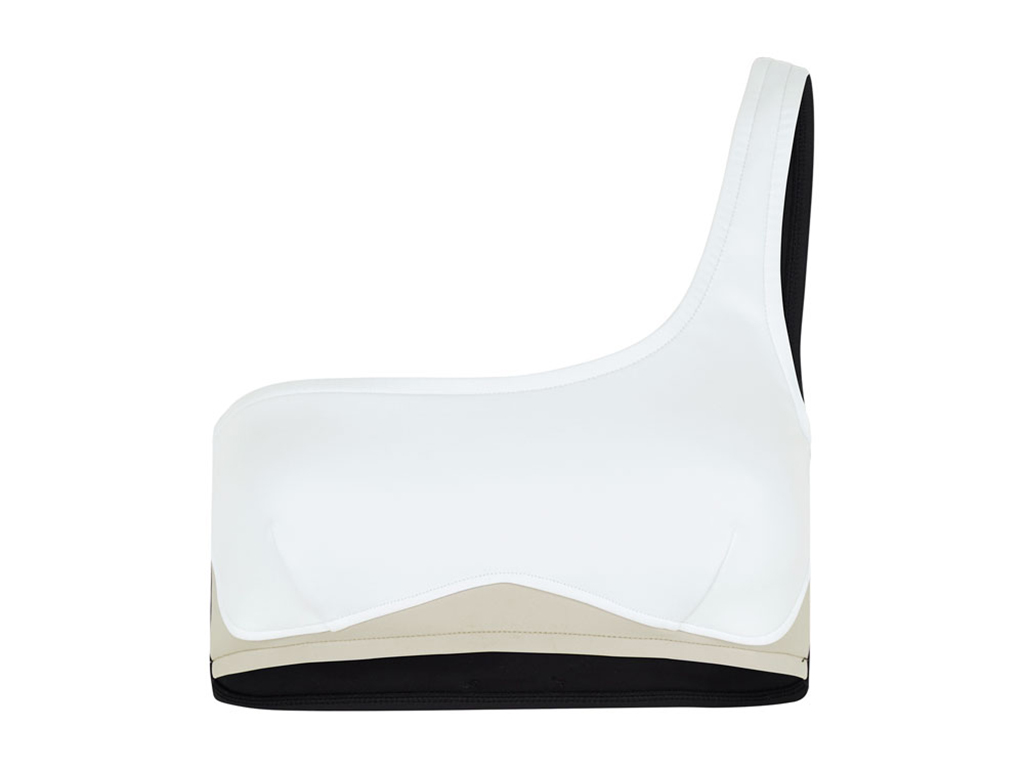
Stella McCartney
Founder and creative director, Stella McCartney
Having made a name for itself with animal-friendly luxury womenswear, McCartney’s eponymous label continues to expand. She debuted her first line of swimwear this year, and now the British designer is going back to her Savile Row roots with a forthcoming collection of men’s ready-to-wear. She also designed the 2016 Rio Olympics uniforms for Great Britain in collaboration with Adidas, and in March released a new fragrance called Pop that’s intended to celebrate female independence and individuality, not serve as a tool to attract men—a concept that breaks through the lens of male driven ideology, just like McCartney herself.
Alessandro Michele
Creative director, Gucci
When Michele showed his first collection as creative director at Gucci in February of 2015, there was a collective head turn towards the Italian brand’s runway. The fashion crowd, at first weary of the appointment of the house’s former accessories director in lieu of a big-name designer, bought into the 44-year-old’s playful re-imagination. Capitalizing on the popularity and commercial success of Michele’s aesthetic, the brand’s CEO, Marco Bizzarri, announced in June his plans to grow Gucci to a $6.82 billion business.
Michael Burke
Chairman and CEO, Louis Vuitton
After 30 years at French conglomerate LVMH, Burke was named to the management board of the Fédération Française de la Couture—the group that oversees the French fashion industry—this year. His impressive curriculum vitae includes stints at Bulgari and Christian Dior, but it was his on-boarding of Louis Vuitton’s reigning creative, Nicolas Ghesquière, in 2013, that reinvigorated the brand to its current standing and increased its international presence.
Riccardo Tisci
Creative director, Givenchy
Tisci’s Givenchy is a case study in leveraging celebrity culture to gain a loyal following. Aside from dressing the likes of Madonna, Bella Hadid, and Beyoncé (plus a mention in the latter’s single “Formation”), he runs with an inner circle comprising Naomi Campbell and Donatella Versace. With such optics, he is able to share his high fashion vision with the masses, most notably through an ongoing sportswear collaboration with Nike. This year, his vision also stretched into music video production, working with Campbell to art-direct transgender musician Anohni’s music video for “Drone Bomb Me.”
Transport

Ralph Gilles
Head of design, Fiat Chrysler Automobiles
A true gearhead, Gilles is creating fun, boundary-pushing cars for Fiat Chrysler. Read how he resists association with any one style or aesthetic tendency.

Tokuo Fukuichi
President, Lexus
Toyota made a bold statement by putting Fukuichi, its former head of design for Toyota, Lexus, and Scion, in the president’s chair at Lexus back in 2014. Now, two years later, Fukuichi has Lexus competing head-to-head with the vaunted German car companies, creating cars like the GS F, which combine fast, aggressive driving with sedan form-factors that make them everyday vehicles, all while refusing to compromise standards in order to enter lower price brackets.
Elon Musk
Founder, CEO, and CTO, SpaceX
CEO, Tesla Motors
There aren’t too many moguls who can sell half a million electric cars before a single one hits the road, but that’s just what Elon Musk did when he announced the Tesla Model 3 sedan in March. Before he had even finished the unveiling presentation, more than 100,000 deposits had been put down on Teslas. Now his challenge is to actually deliver the cars, which will be the first to use batteries from Tesla’s new Gigafactory, the largest-footprint manufacturing facility on Earth. He’ll also continue to develop SpaceX’s rockets, support the creation of a Hyperloop rapid transport system, and defend the world from rogue artificial intelligence through his nonprofit, OpenAI.

Richard Branson
Founder, Virgin Group
Virgin America may have been sold to Alaska Airlines earlier this year, but that’s far from the first thing on British business magnate Richard Branson’s mind. Virgin Galactic, Branson’s spaceflight tourism outfit, unveiled its latest spacecraft, the aptly named SpaceShipTwo, which is designed to carry groups of patrons into suborbital space for the price of $250,000 each. Fewer than 600 people have ever been to space, and Branson has said more than that number have already reserved spots on Virgin Galactic missions. (Read our interview with the eternal Virgin and restless billionaire.)
Media
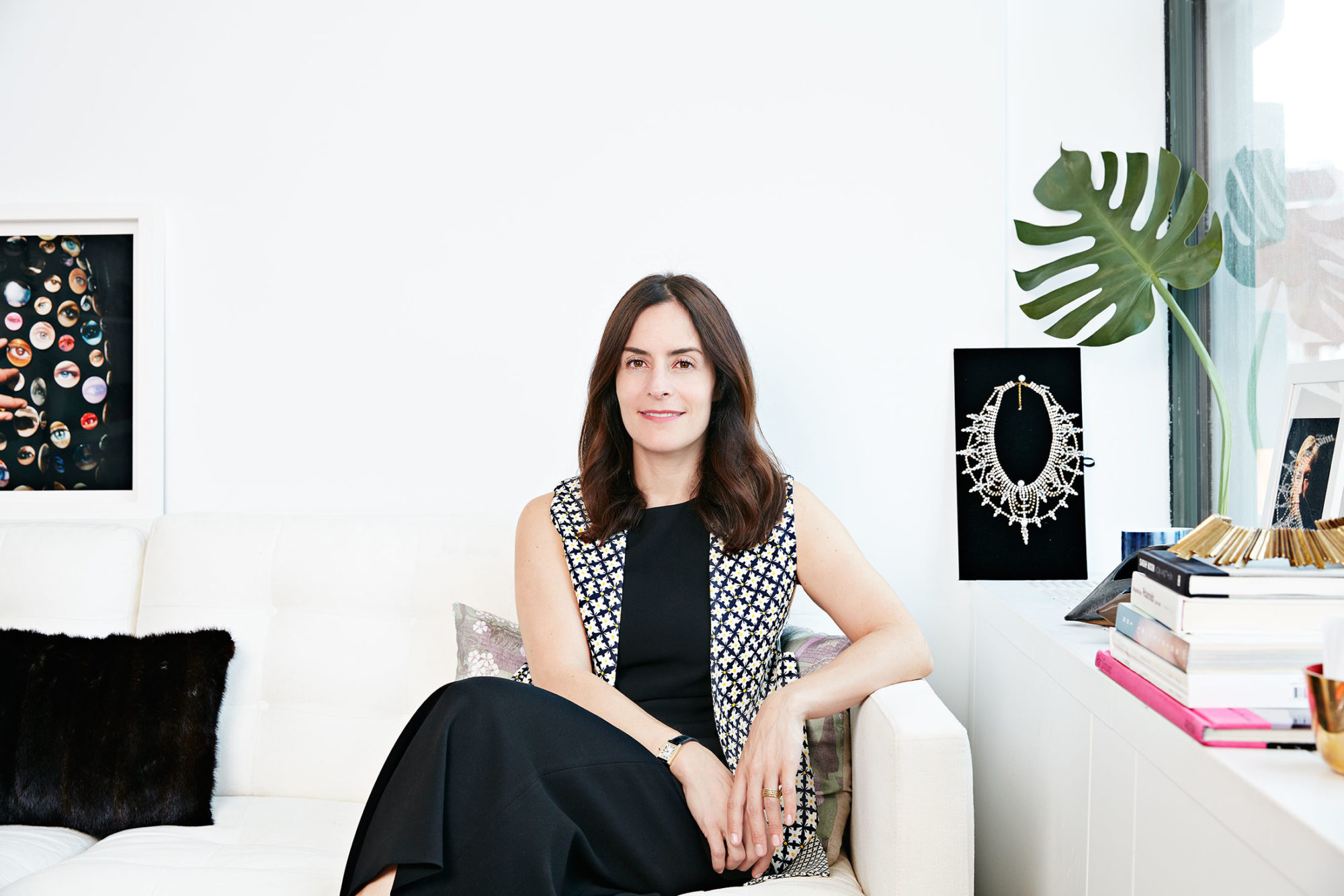
Stella Bugbee
Editorial director, The Cut
Stella Bugbee has successfully reimagined the fashion magazine for the digital age, transforming New York magazine’s fashion blog into an influential website with an identity all its own. We recently spoke with Bugbee about being her own ideal reader.
Vanessa Friedman
Fashion director and chief fashion critic, The New York Times
Since joining The New York Times in 2014, Friedman has increased the publication’s coverage of fashion’s socio-economic implications. Her former position as the first-ever fashion editor at the Financial Times reflects in her reporting: She ventures beyond the runway and into sustain- ability, technology, social issues, business, and politics. At a time when fashion is in flux—this year, in particular—with numerous hirings, rings, and movings-on and fashion calendar alterations, Friedman’s coverage has been steadfast. As host and moderator of the International Luxury Conference, Friedman is a leading voice in addressing the challenges faced by luxury brands in today’s saturated, unpredictable market. Her honest commentary and perceptive analyses give real weight to an industry based on fantasy.
Graydon Carter
Editor, Vanity Fair
After Condé Nast revived the then-defunct title Vanity Fair in 1981, the magazine went through a rapid succession of editors, including Tina Brown. Not until 1992, when the torch was passed to the dramatically coiffed Canadian provocateur—formerly of Spy magazine and The New York Observer—did it find an admiral. Since then, Vanity Fair has become one of Condé’s marquee glossies, finding a middle ground between the lowest- and highest-brow subjects, mixing garden parties and crime reportage. In June of last year, waves were made with a cover story called “Call Me Caitlyn,” introducing Caitlyn Jenner to the world and helping shepherd transgender issues into the mainstream. The issue was the magazine’s best-selling issue in a four-year period.
Jay Fielden
Editor-in-chief, Esquire
With his baritone voice, Wildean hairdo, and spezzato wardrobe, Fielden seems like he fell out of a Peroni beer ad by way of Lewis Carroll. One thing is certain: He fits the description of a man who should probably be editing a storied men’s magazine like Esquire, and this year that’s exactly what he began doing. After editorships at Condé’s defunct Men’s Vogue and Hearst’s bougie society title Town & Country, he was recently tapped to replace David Granger, whose reign at Esquire lasted nearly two decades. Fielden plans to refresh the magazine from the roots up, bringing on contributors including The New York Times’ book critic Dwight Garner and author Jay McInerney, whom he appointed wine critic of T&C in 2014. He’ll now be a presence at both magazines, breathing air into one while helping to bolster the other.
Design
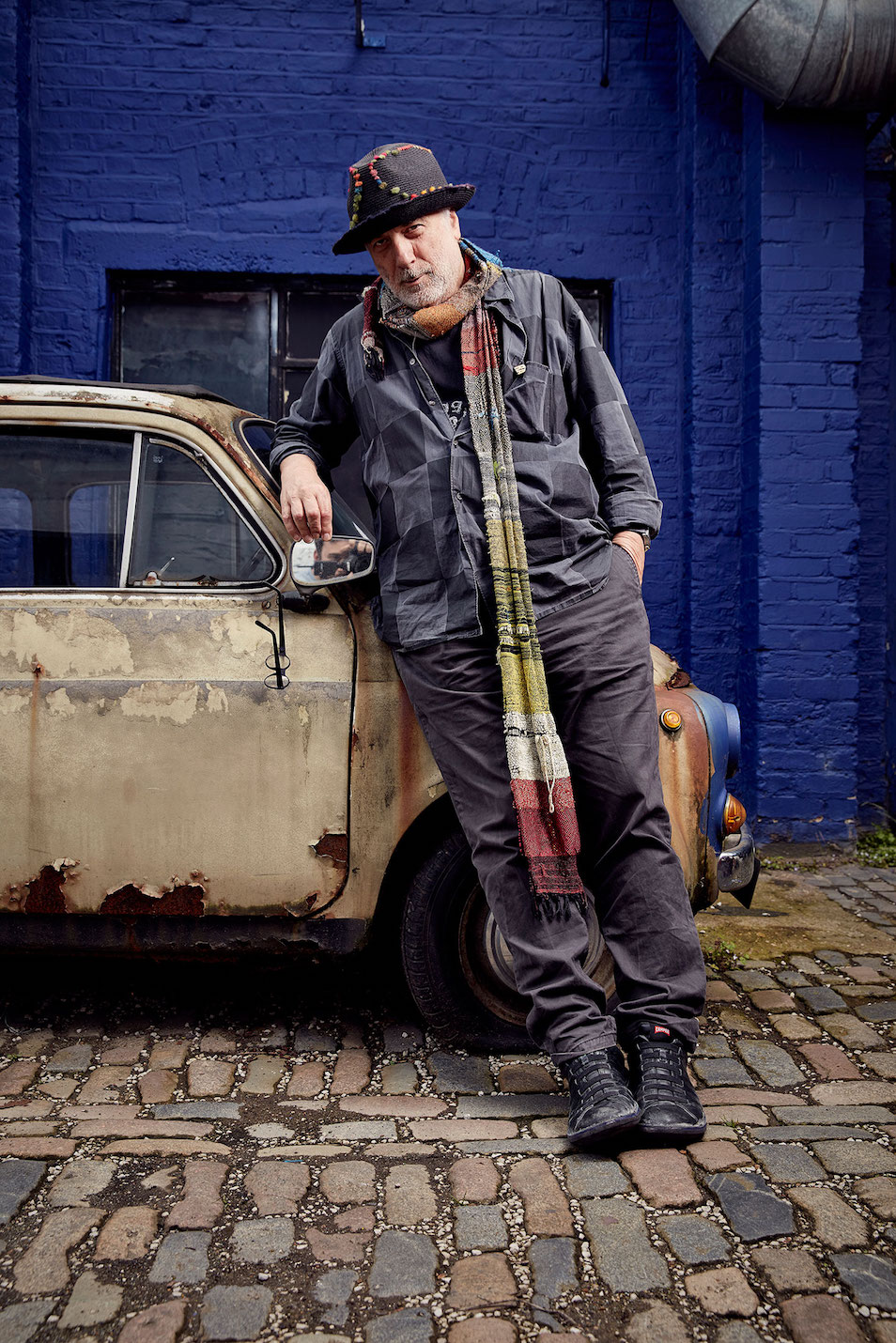
Ron Arad
Designer
On the heels of reinvigorating Washington, D.C.’s iconic Watergate Hotel, the Israeli designer brings a trio of massive sculptures to London. During this year’s Milan Design Week, we spoke with Arad about his recent work and his fabulous hats.
Edward Barber and Jay Osgerby
Designers
Best known for designing London’s 2012 Olympic torch, Barber and Osgerby have continued their global expansion this year, proving that they are among the world’s most adroit firms. At the Stockholm Furniture and Light Fair this past February, they were the esteemed Guests of Honor and presented their Nordic winter–inspired “Triptych” installation showcasing some of their latest work. Also this year, the English duo collaborated with tile maker Mutina for the first time, introducing two new collections at Salone del Mobile. Next summer, Barber and Osgerby will celebrate the completion of London’s new highly energy-efficient Crossrail trains they designed.
Giorgio Busnelli
CEO, B&B Italia
Busnelli celebrated B&B Italia’s 50th anniversary this year with an exhibition designed by Migliore & Servetto Architects. Also in commemoration, B&B Italia hosted a series of events titled “50 Years in Contemporary Design Culture” during Salone del Mobile in Milan, which included a documentary film, a book, and an artistic installation. At Trump Tower in India, the newly unveiled Spazio showroom is dedicated to the Milanese brand and its Maxalto collections. With new strategic partner Investindustrial, B&B Italia continues to flex its muscles as one of the top Italian furniture companies in the world. (Read our How It’s Made feature on B&B Italia.)
Roberto Snaidero
President, Salone del Mobile
After inheriting one of the largest companies in the design industry from his father, Roberto Snaidero has proven to be successful in his own right by leading the annual Salone del Mobile. Since last year’s contemporary design fair, this year’s Salone saw a 20 percent increase in visitors and featured more than 2,400 exhibitors. Eurocucina, one of the major exhibitions at Salone del Mobile, paired up with Snaidero and architect Massimo Iosa Ghini to introduce three new kitchens to the market.
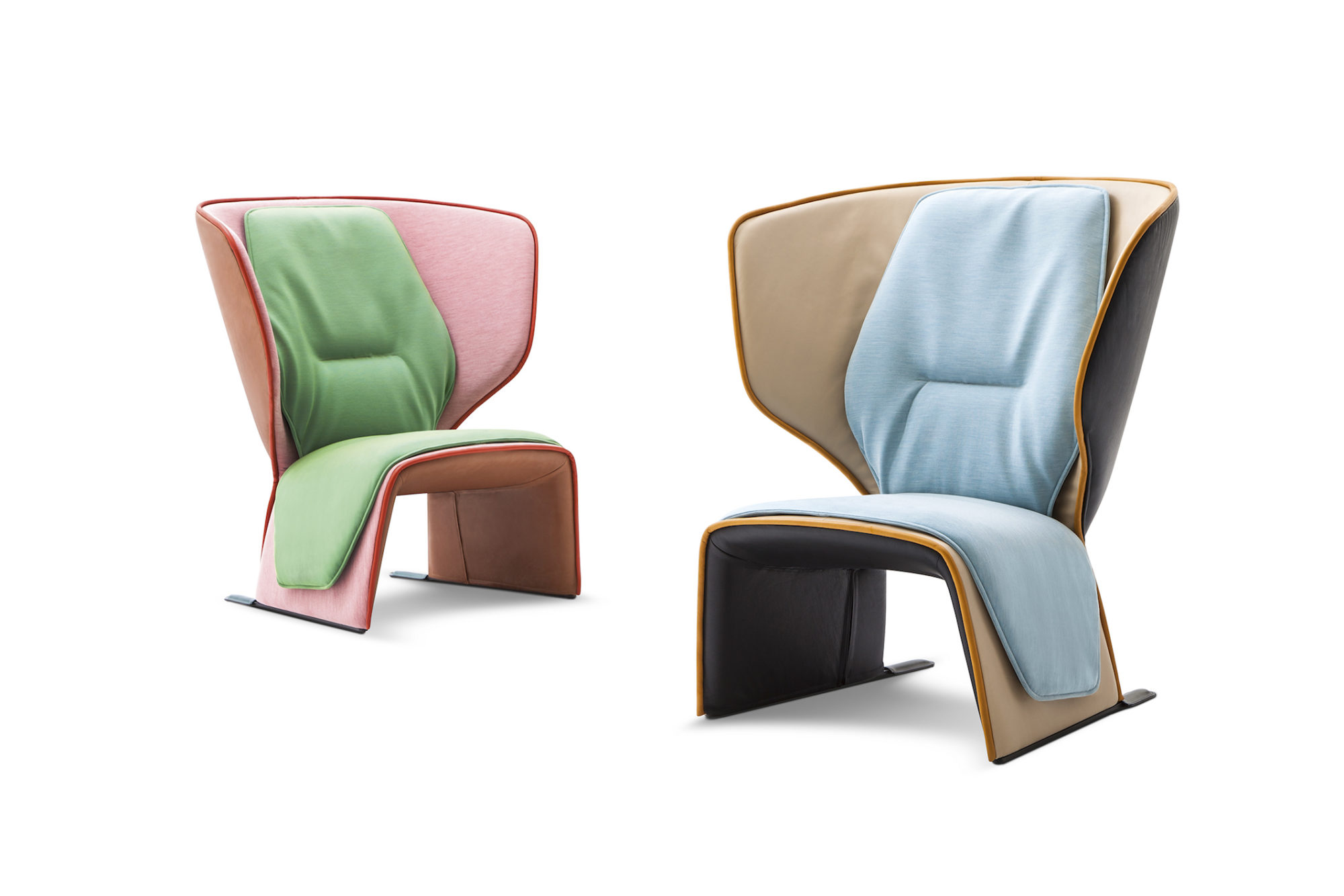
Patricia Urquiola
Art director, Cassina
Urquiola switched her career into even higher gear as the new art director for design powerhouse Cassina (she was tapped in 2015). At Salone del Mobile in April, the visionary designer—who has also worked with brands including Kettal, Moroso, and Glas Italia—unveiled her first Cassina collection, Origins of Furniture. (Surface spotted her excitedly touring fashion designer Raf Simons around the company’s booth.) Celebrating the brand’s 90th anniversary and reflecting on its pioneering past, the line features unparalleled pieces from leaders of the design world, including Philippe Starck, Bertjan Pot, Ora Ïto, and Urquiola herself. (Read how Urquiola reinvigorated Cassina in our interview from earlier this year.)
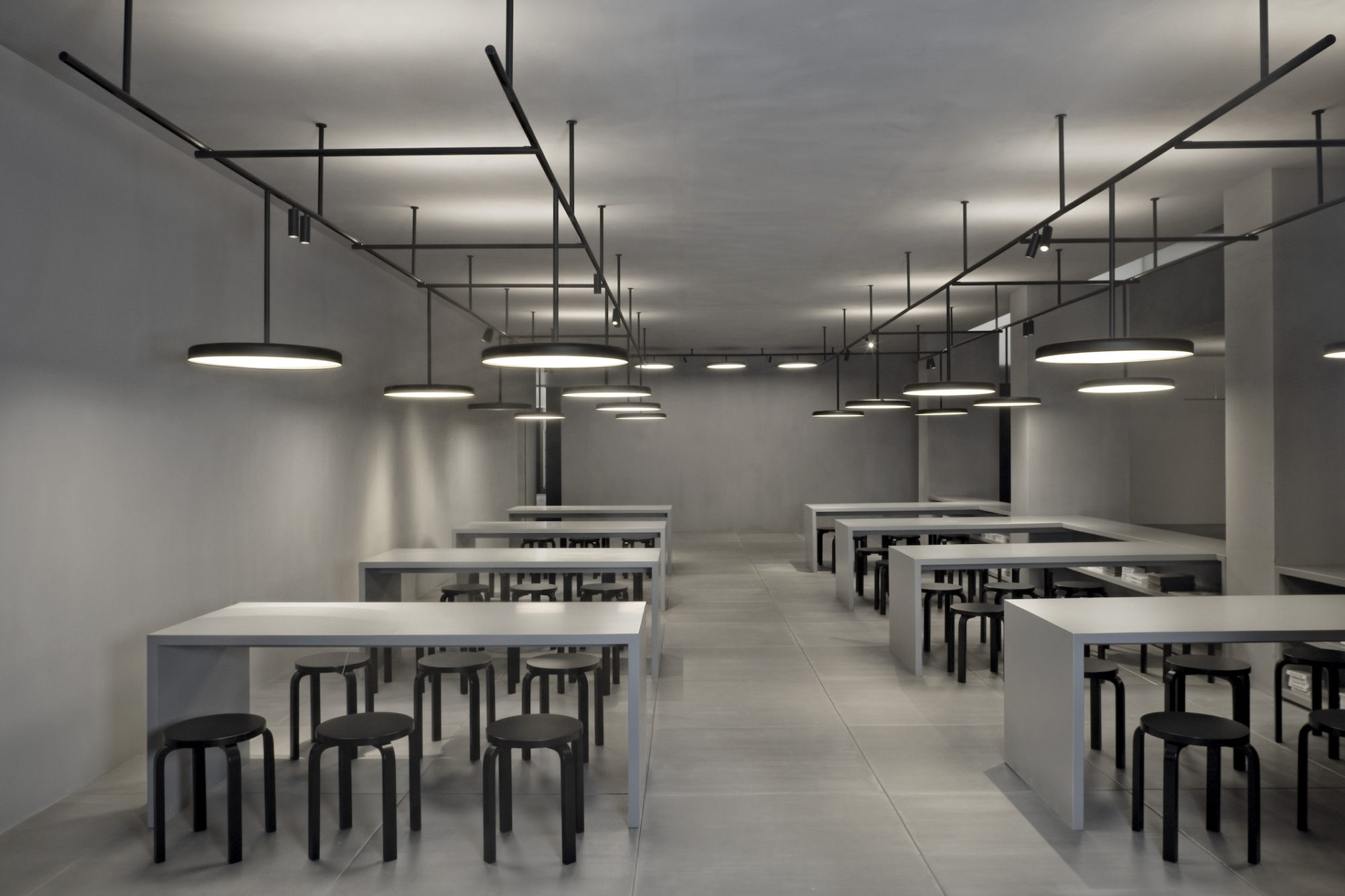
Vincent Van Duysen
Designer and architect
Born and based in Belgium, Van Duysen was recently tapped as the creative director of Italian powerhouse brand Molteni and also just launched a line of architectural lighting with Flos—yet another juggernaut company from Italy. During this year’s Salone del Mobile, he discussed both partnerships.
“I’ve always been a big admirer of the Bauhaus. The movement was very innovative. It dealt with the democratic way of creating something very humble—and sustainable. It wasn’t too exclusive or too expensive, yet it was very refined. With Flos, I said we should design something as a system, where we have a tube as a base and create a network or infrastructure—something that’s really transported all over the ceiling. I made sure that an invisible magnet track that’s part of a system Flos already has a patent on would be included. We really had to make the diameters of the tubes as minimal as possible, and ensure that the system wasn’t heavy. We would be working with a system that could be endlessly configured and guide lighting through a network of tubes on the ceilings and walls—a system that incorporates indirect light from the tube onwards and upwards. Besides its linear expression, we added certain elements, like directional spots that are part of the invisible magnet track, as well as some pendants. The system is architectural within a space itself. It’s not welded. It’s unobtrusive, really refined, and elegant.
A couple of years ago, my firm was working on a large architectural project in Saudi Arabia, a 10,000-square-meter office in Riyadh. The client wanted the interior to be created and executed with an Italian brand. We went through a bidding process. Unifor got the job to supply and customize material, and to make all the loose furniture—the chairs, the desks, et cetera. During this process, though, we met Molteni. The company’s CEO, Carlo Molteni, also had come across my work, and knew what I was doing for other companies. He asked me if I could design something for Molteni. Obviously, I couldn’t refuse. Last year, we collaborated, and from there, we’ve expanded what we do together. For this year’s Salone del Mobile, he asked me to design the Molteni booth. I took the inspiration of my house in Antwerp, because he came to visit and fell in love with it. He liked the materials,
the tactility, the layers. This turned into us working on a new kitchen. Carlo really likes to work with architects, not with product designers—it’s his opinion. It’s very personal; it’s not up to me to judge. Why? Because he think’s I’m seeing things in a much broader and more spatial environment, whereas product designers, he feels, mostly focus on the details, and from the details they go to an object. I see it in a much broader spectrum.” —As told to Spencer Bailey
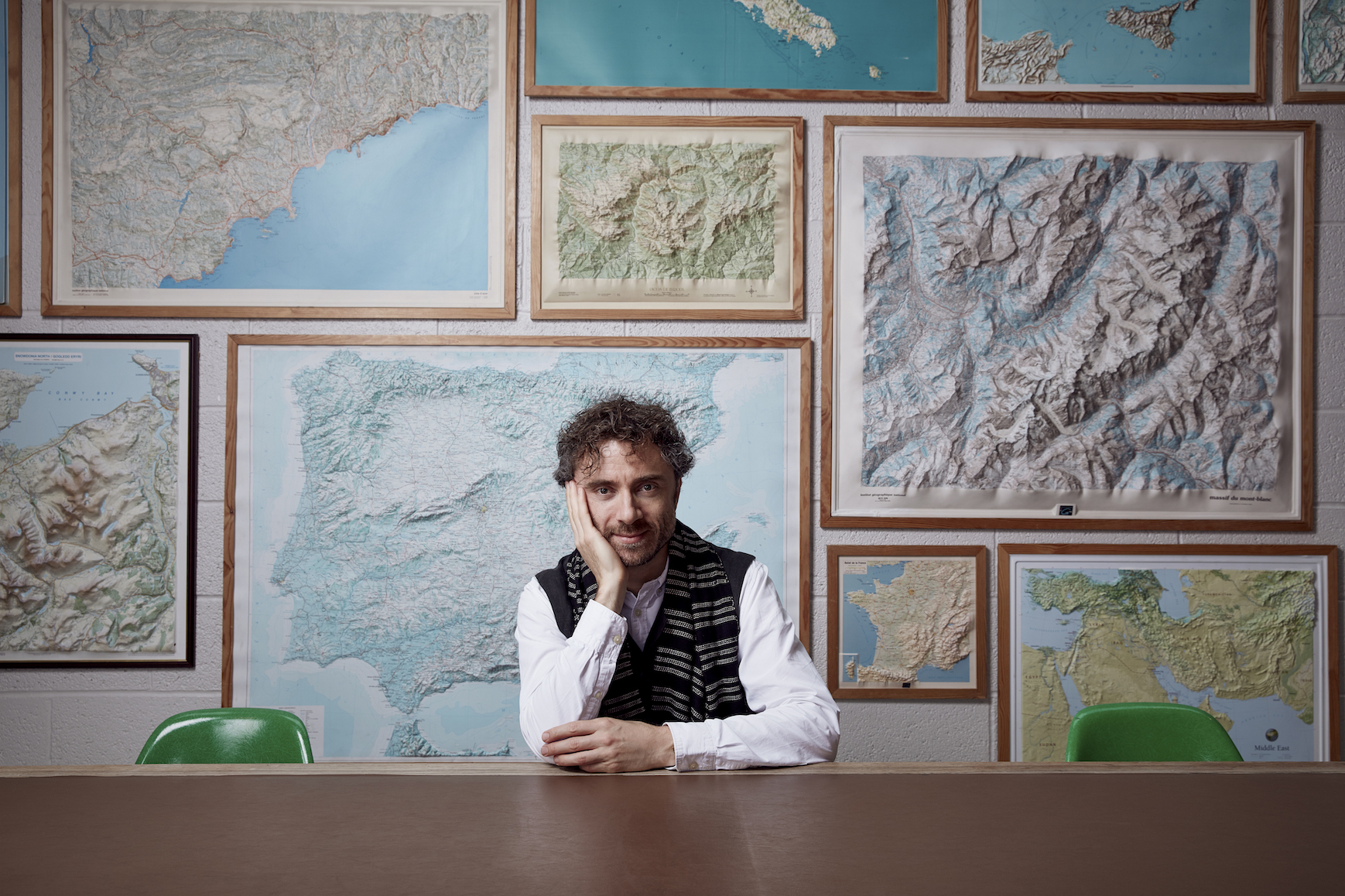
Thomas Heatherwick
Founder, Heatherwick Studio
Since launching his London-based studio in 1994, British designer Thomas Heatherwick has earned a top spot in the field, not only for his highly experimental work but also for his progressive, outside-the-box thinking. (Read our recent interview with Heatherwick.)
Patrizia Moroso
Creative director, Moroso
Largely responsible for helping propel Ron Arad’s career 25 years ago, Moroso honored the Israeli designer during Salone del Mobile in April with the “Spring to Mind” exhibition, a tribute to Arad’s 1991 Spring collection. During 2015’s Art Basel Miami Beach, the Italy-based brand furnished the botanical garden fixed between the Convention Center and the Design Miami fair. Hopping across the world three months later, it presented its Setting the Elegance collection at Design Shanghai.
Jerry Helling
President and creative director, Bernhardt Design
Helling continues to transform the 35-year-old American furniture company into an international juggernaut with a focus on supporting future generations of designers. As a sponsor of the ICFF furniture fair, Bernhardt Design has led the ICFF Studio competition, a platform for rising design professionals to showcase their work, for 10 years. (Surface took particular note of chairs by recent Yale School of Architecture graduate Isaac Southard at this year’s edition.) For the fifth year in a row, Bernhardt Design has participated in New York’s Wanted Design fair, the same platform Helling partnered with last year to launch the American Design Honors program (Chicago-based designer Steven Haulenbeek was this year’s winner).
Giulio Cappellini
Art director, Cappellini
The visionary architect, designer, and talent scout is most famously acquainted with his eponymous, innovation-leading furniture brand. During Milan Design Week this year, he presented the loft-like exhibition “Cappellini Point,” an aesthetic and cultural journey that meandered through the designs of Jasper Morrison and Fabio Novembre, among others. The show included kaleidoscopic patterns and an array of dynamic colors as it played with modularity and melded minimalism with personality. In June, Cappellini introduced The Cappellini Method: A Performing Dream, his new book about contemporary design based on the value of “Made in Italy”.
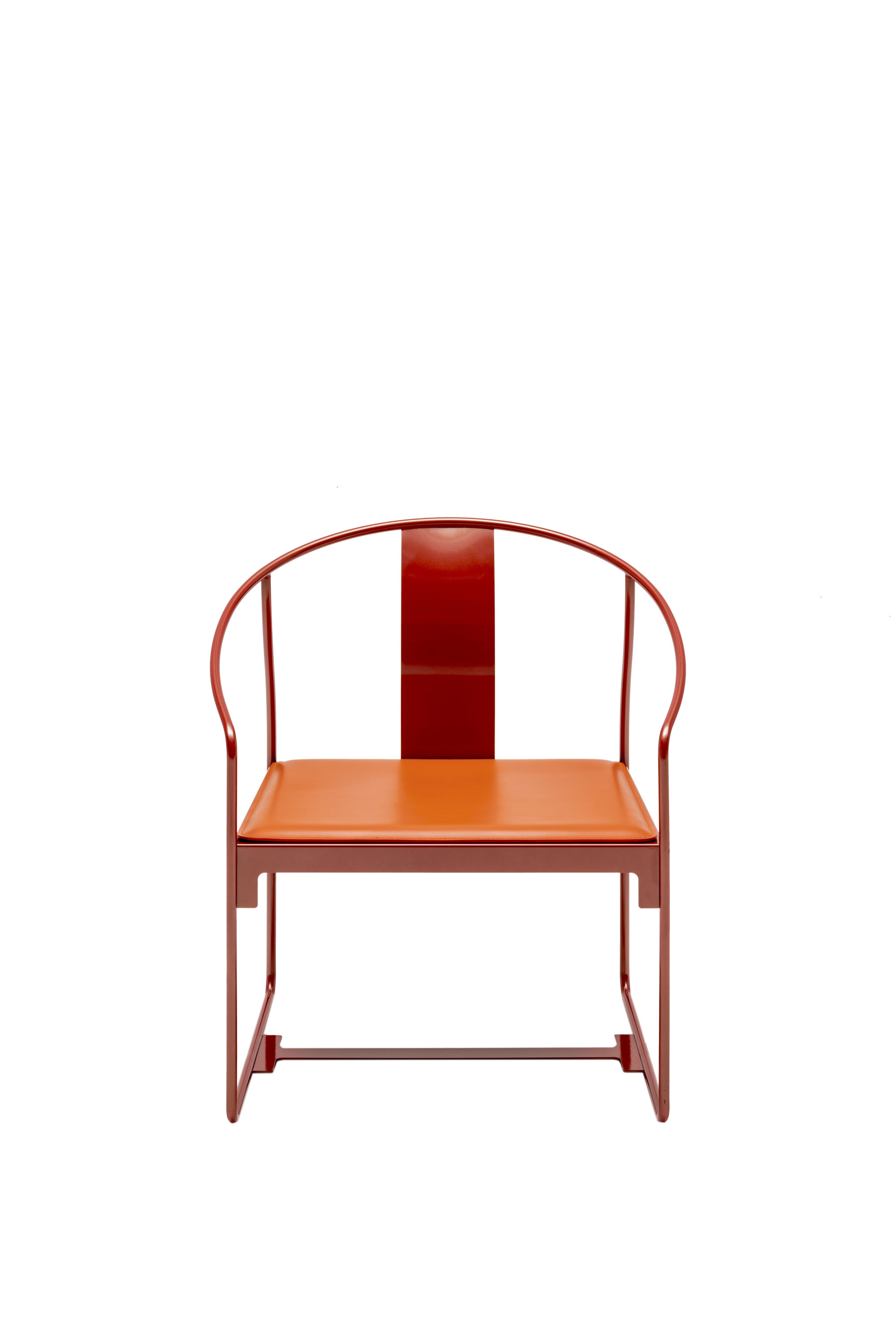
Konstantin Grcic
Designer
Named best designer of this year’s Salone del Mobile, Grcic discusses his new Mingx collection for Italian brand Driade, and how he decides which brands to work with.
“The Zigzag bookshelf I designed for Driade first came out in 1996. The shelf didn’t have a long life on the market, or in production—it faded out. Then, around two years ago, when Driade was sold to a new owner and David Chipperfield was asked to become the brand’s art director, David approached me to work with them again. I said, “Yes, but under the condition that we first finish off the bookshelf,” which to me felt like it had gotten lost in the archives. Last year, we reissued the shelf with some changes to it.
For this year, I did something genuinely new but not completely different: chairs and tables. I picked up on some elements of the shelf like tubular steel and sheet steel, simple constructions, something very basic. Instead of looking at existing tubular steel furniture to find a niche or opportunity to do something different, though, I looked at another reference in the Chinese wooden chair, which lent itself to being transformed into steel, and not only in the formal way.
The construction of old Chinese furniture was intelligently made. In terms of wood craftsmanship, it’s clever how they created structure but also made it look beautiful. The seat frame that we built for this chair is laser-cut and folded sheet metal—it’s almost decorative, this L section. But that, of course, is also a structural element to make the chair stronger.
In a way, you could say this chair isn’t about making a Chinese chair; it’s about making a chair, period. How do you build a chair from tubular steel and sheet steel? In the same way, with similar detailing, we’ve done the table. The table flat packs; there are four screws, and you can take the whole thing apart. It’s a very contemporary piece of furniture. I don’t think I would have ever come up with a table like this unless I had looked at the Chinese wooden chair.
It was a detour, but I think a very valid one. Driade goes back to my beginnings, and at that time, choosing to work for someone like Driade was an easy choice. There was no second thought. It was a great company; I was young. This armchair I wouldn’t have done for Magis, Plank, Classicon, or any other company. I think that’s really important: to make sure there’s no conflict, and that any new collaboration opens up something new.” —As told to Spencer Bailey
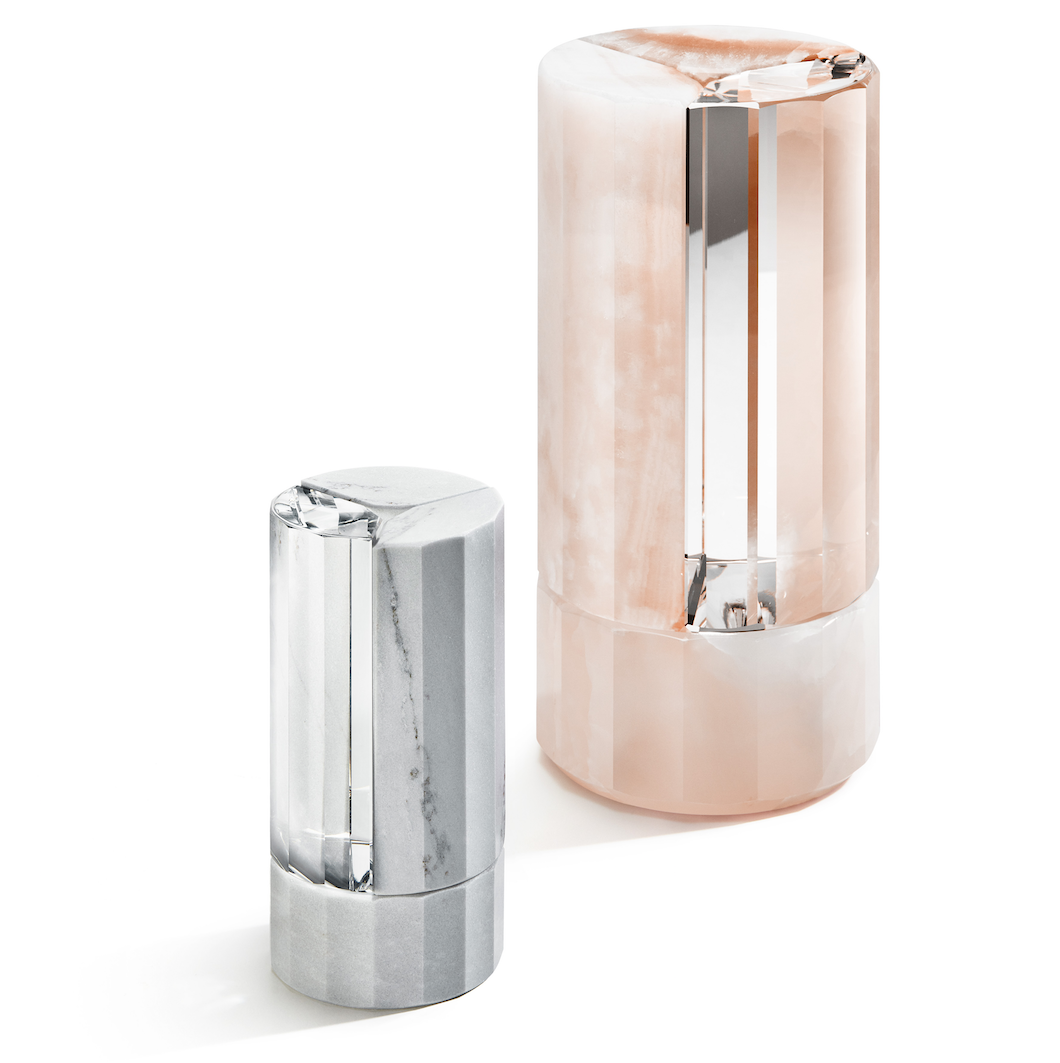
Nadja Swarovski
Member of the Executive Board, Swarovski
We recently spoke with Swarovski about the new Atelier Swarovski Home line.
“It started with the same goal as the Atelier Swarovski jewelry: to work with cutting-edge designers in their respective industries. We really have, for the first time, given these designers the ability to make their own crystals, rather than creating with existing components. We choose the designers very carefully. I never want to be cliché, so that’s why I always try to mix and match. Daniel Libeskind is somebody who we’d always wanted to work with. I mean, I’d love to have a building made by Daniel Libeskind, but when, how, and where? So in the meantime, his chess set for the line will do. We worked with Zaha Hadid in the past, and for this collection she designed a table and vase. All of our collaborators—Aldo Bakker, Fredriksson Stallard, Kim Thomé, Raw Edges, Ron Arad, Tord Boontje—feel strongly that they must push their boundaries and ours at the same time. There is a craving for things that last more than just one season, so it’s a completely different thought process from the jewelry collections. These people don’t want to create something superficial; they want to create something with meaning and beauty and impact.” —As told to Courtney Kenefick

Hella Jongerius
Designer
Hella Jongerius has spent more than a decade of intensive research into color and textile for the Swiss furniture maker Vitra. Since 2005, when she launched the Polder sofa, Jongerius has worked intimately with the brand. “Seeing Hella combine a variety of fabric textures and colors into something new and energetic on the Polder sofa made us realize she was the right partner to discuss color and textiles,” says Vitra chief design officer Eckart Maise. Here, Jongerius talks about her ongoing Vitra work and the power of color.
“In Switzerland, a country so keen on engineering, there wasn’t the same quality and depth and refinement in the finishes at Vitra. We wanted to have a handwriting of our own, our own identity. I myself don’t believe in just making the new—why design a new sofa or chair that’s a bit more bulky, or a bit less refined? Look instead at the luster you can give it. So much of what there is to do is on the surface, instead of in creating new styles.
For me, it’s a way of thinking, of putting surface into design in a more important way. I looked at weaving again. Craft still has a role in fashion, but no longer in furnishing. Cross-weaves in another color or texture can transform the piece. I think in craft there is a lot of knowledge that I translate into an in- dustrial context for products in production. It’s like handwriting in an industrial world.
Color is not objective. It’s so subjective. It depends on your own eyes, culture, referencing memories, and it has many resonances in the way you describe it.” —As told to Nonie Niesewand
Tech

Satya Nadella
CEO, Microsoft
Nadella might not have been the obvious choice to succeed Steve Ballmer as CEO of Microsoft back in 2014, but he’s doing more than anyone could have imagined to change the company’s public image from one of blue screens and drab office IT departments to that of a future-looking dreamworks. With this year’s release of Windows 10, the Surface Book laptop (the company’s first), and the HoloLens augmented reality headset, Nadella is giving people a reason to get genuinely excited about Microsoft products (other than the Xbox) for the first time in a long while. In June, the company made headlines with its $26.2 billion purchase of LinkedIn.
Sundar Pichai
CEO, Google
It was just a year ago that Google restructured, setting up Alphabet as its parent company and spinning off entities like Nest and Google Ventures. Pichai has led the newer, leaner Google, refining its identity as a provider of gadgets and services powered by the world’s most advanced machine learning network to deliver information in ways that predict user behavior, giving you exactly what you need, exactly when you need it, sometimes without you even need- ing to ask. Pichai has established Google as a leader in both virtual reality and artificial intelligence, which are slowly making their way into everything from pockets to living rooms via Google’s Android phones and upcoming Google Home assistant.
Jack Dorsey
Cofounder and CEO, Twitter
After a difficult year, Twitter reinstated Dorsey as CEO in October 2015. Since his last tenure (which ended in 2008), Dorsey founded the mobile payment company Square, which raised speculation as to whether or not he was capable of taking on a second C-suite roll. But since returning to a Twitter facing stalled growth and stiff competition from the likes of Snapchat and Instagram, Dorsey has taken an optimistic stance, adding new features like Moments to the product and focusing on what the service can do to appeal to everyday users. Twitter might have a long road ahead if it’s going to stay relevant and important through another decade, but with Dorsey at the wheel, there’s every reason to believe.
Mark Zuckerberg
Cofounder, chairman, and CEO, Facebook
It’s been a year of ups and downs for Zuckerberg. He had a daughter, pledged 99 percent of his Facebook stock to a nonprofit for improving the world, and saw that stock’s value swell by more than 40 percent. But he also had to deal with blowback from an exposé showing how Facebook manipulated the presentation of news to favor certain political views, and address concerns about diversity and progressivism at the company’s Menlo Park, California, headquarters. Ultimately, though, Facebook’s year has been all about becoming ever more ingrained in users’ daily media experiences, from Instant Articles to Facebook Live video streaming.
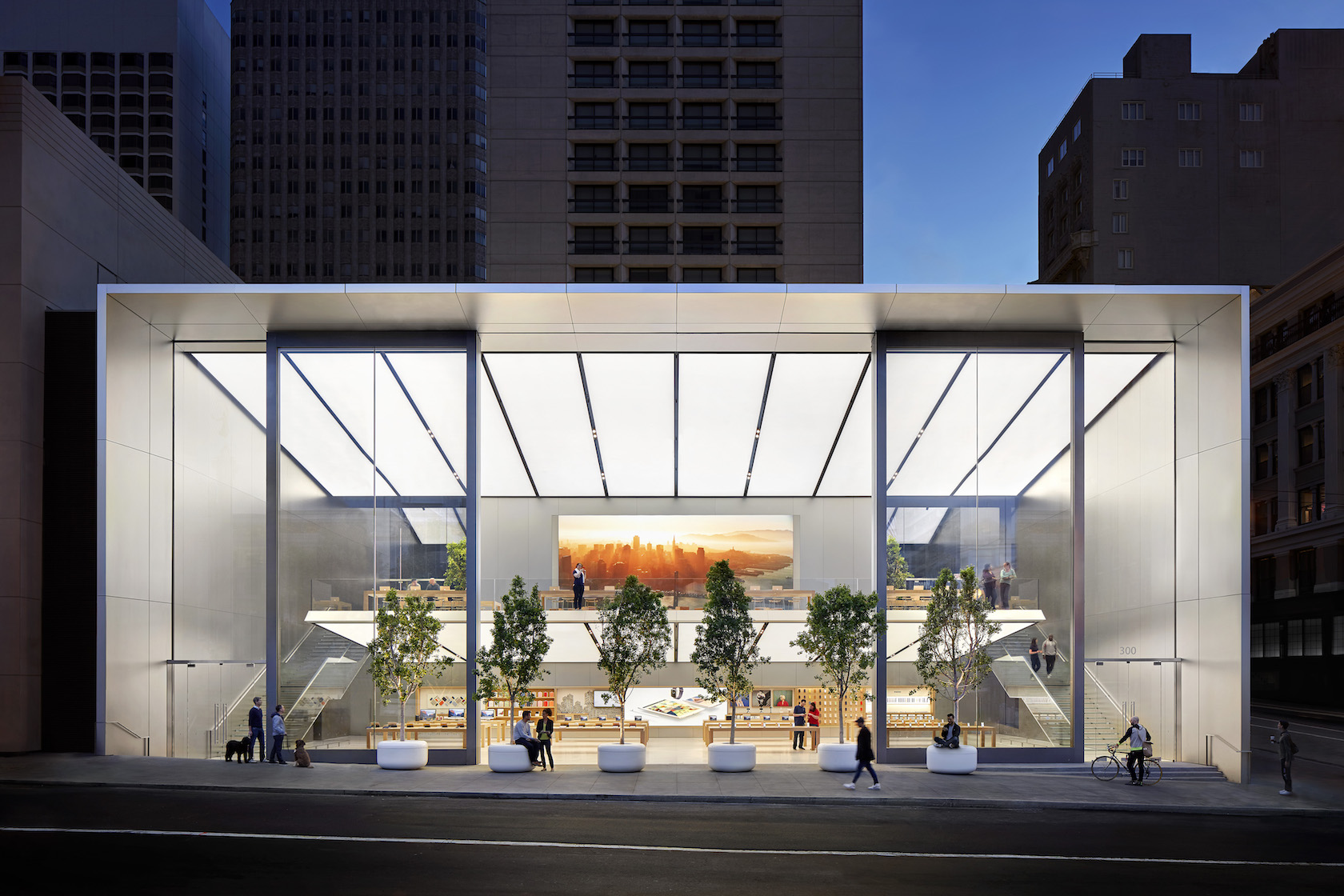
Jony Ive
Chief design officer, Apple
Ive has now finished his first full year as Apple’s chief design officer, and his fingerprints can be found all across the Apple ecosystem—from the rounded corners of the Apple Watch’s case to the massive windows and indoor green space of the new Apple Union Square San Francisco flagship store (created with the London-based firm Foster + Partners). While it hasn’t necessarily been Ive’s most high-profile year, he continues on as the lead designer at the world’s most high-profile design brand.
Art
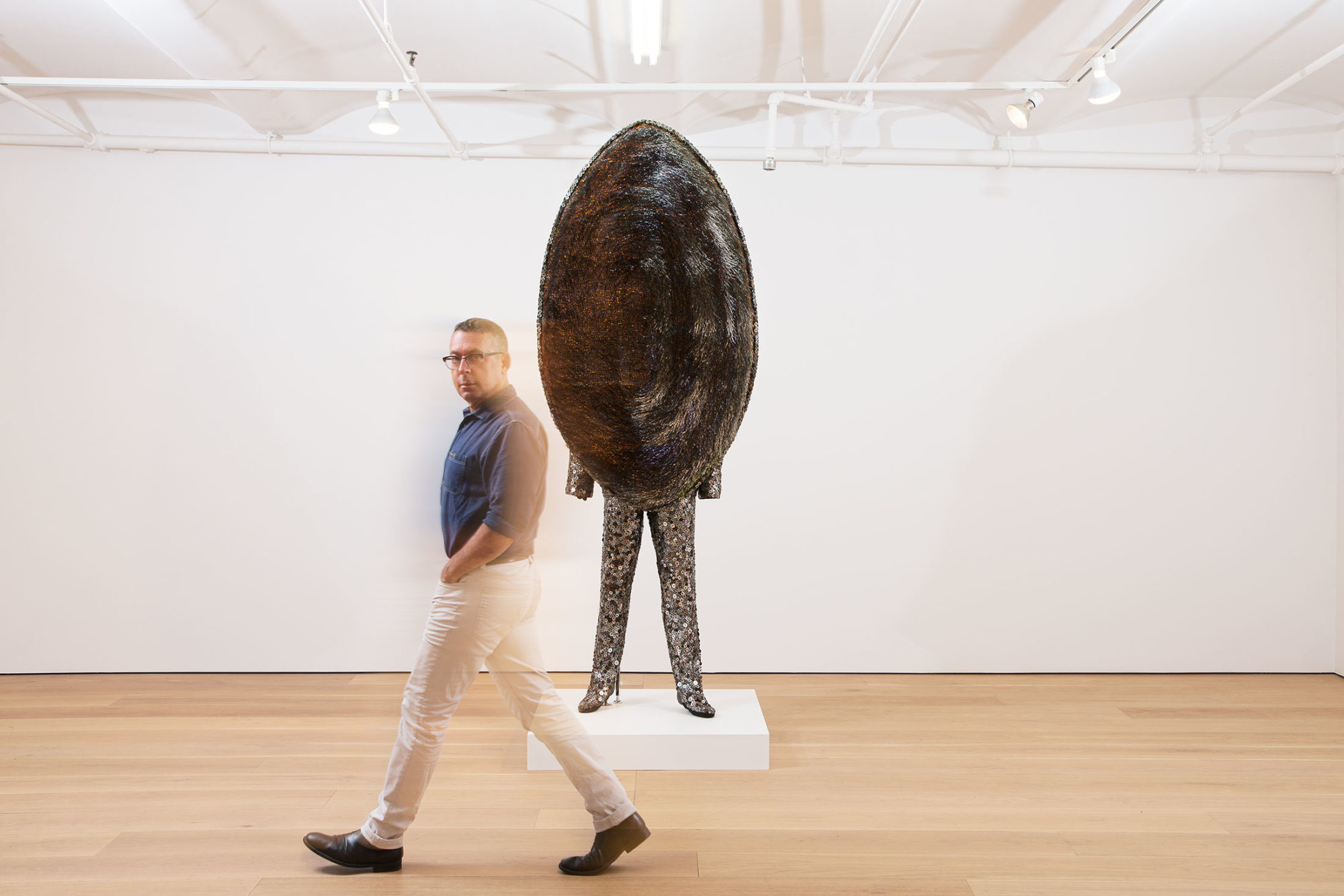
Jack Shainman
Founder, Jack Shainman Gallery
In our interview with the seasoned Chelsea art dealer, he talks super PACs, Hank Willis Thomas, and his love affair with his new space, The School, in Kinderhook, New York.
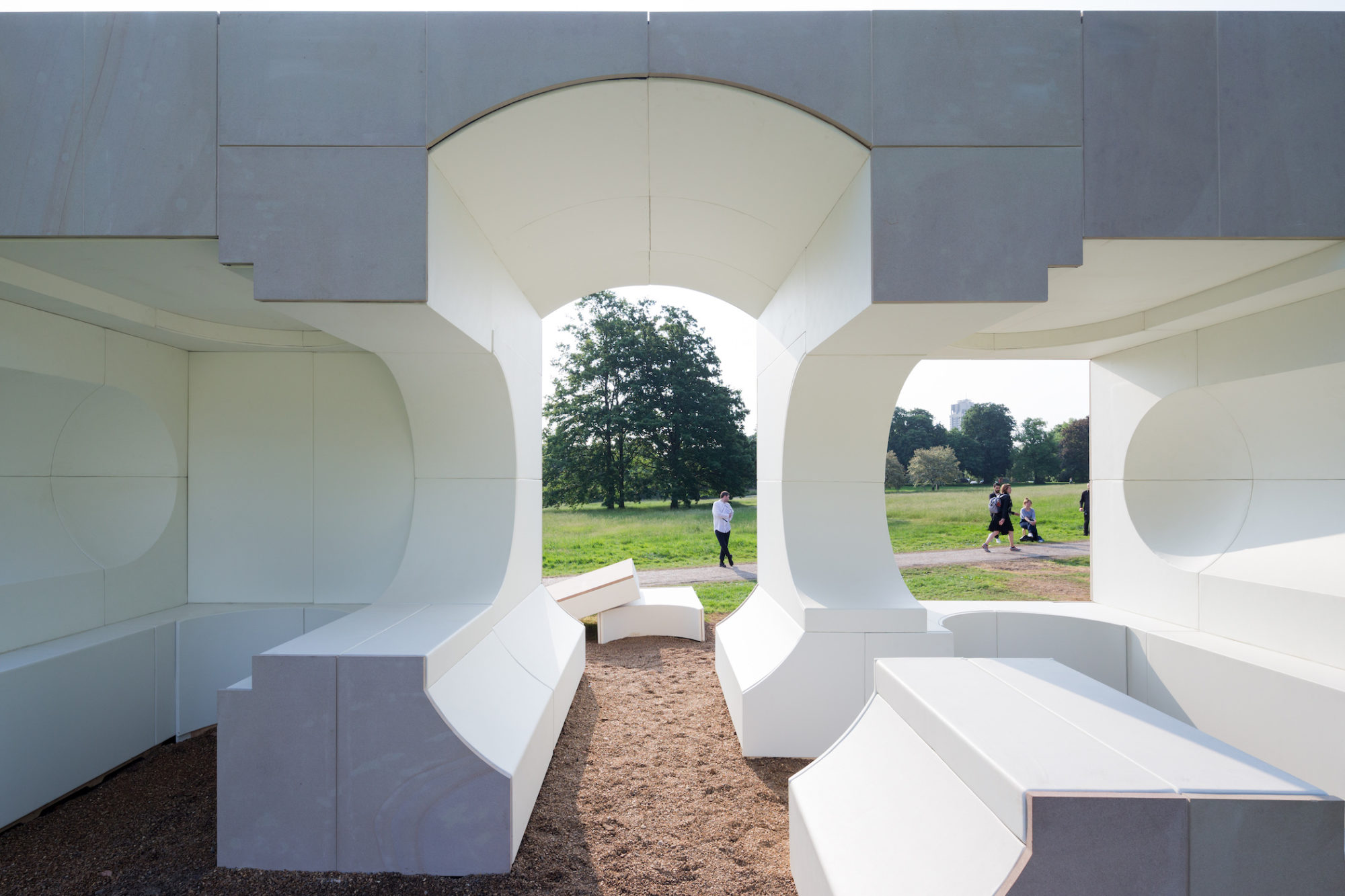
Hans Ulrich Obrist
Curator and artistic director, Serpentine Galleries
Longtime artistic director of London’s Serpentine Galleries, Obrist has become world-renowned as a curator for a variety of outside projects as well. A Zurich native, he is a lifelong champion of participatory art presented in unconventional ways—a well-known example is “Do It,” an ongoing exhibition that grows each time a participating artist sends site-specific instructions to a given locale, where volunteers then create the piece. Obrist narrowed his focus for the “Shanghai Project” this fall. Performances, talks, exhibitions, and other activities brought together luminaries, with expertise spanning the arts and sciences, to tackle the global environmental crisis.
Christine Macel
Artistic director, 57th Venice Biennale
The chief curator of contemporary art at the Centre Pompidou, this native Parisian will curate the 57th Venice Biennale next year. Back in 2004, Macel launched Pompidou’s Espace 315, a gallery within the museum designated for shows of younger, international artists. Seperately, she has organized groundbreaking solo shows of Sophie Calle, Nan Goldin, and Philippe Parreno. According to a statement from the Biennale Foundation, she earned the appointment for her commitment “to emphasizing the important role artists play in inventing their own universes and injecting generous vitality into the world we live in.”
Larry Gagosian
Gallerist
At this point, most realize that attempting to chip away at Gagosian’s empire would be a waste of energy. Since coming into his own during the booming 1980s New York art market, Gagosian has established 16 galleries worldwide, and fills the role of quintessential art dealer in the collective imagination. In May, the same week SFMOMA debuted its lauded Snøhetta-designed expansion, he opened his newest gallery across the street. Despite the gallery’s loss of artists Julian Schnabel and Richard Prince, Gagosian, bolstered with extensive networks and ample funds, is upheld with an unshakeable reputation.

Laura Poitras
Artist and filmmaker
In a trilogy of documentaries released over the last decade, American-born Poitras has examined the actions and consequences of the United States’s response to 9/11, from its impact on Iraqis to the scope and repercussions of government surveillance on home turf. The last chapter, Citizenfour, won best documentary at the 2015 Academy Awards and the BAFTAs. Earlier this year, she opened her first museum solo show, titled “Astro Noise,” at the Whitney Museum. Imbuing the exhibition with the subtle, conspiratorial suspense conveyed in her films, Poitras strategically arranged politically-charged videos, physical documents, and a carefully crafted reveal that, for visitors, made the disquieting nature of surveillance momentarily real.
Jessica Morgan
Director, Dia Art Foundation
After taking the helm at Dia Art Foundation last year, London-born Morgan presented a seemingly radical idea: Ditch a time-consuming, $60 million plan to renovate buildings for Dia: Chelsea, and simply focus on the programming. Her insistence on the matter proved a triumph following Chelsea’s stunning 2015 “Dream House” exhibition by La Monte Young, Marian Zazeela, and Jung Hee Choi. Earlier this year, an acclaimed Robert Ryman show was on view and artist Isabel Lucas staged her performative “occasions” over four weekends at Dia: Chelsea and Dia: Beacon in June and July.
Taryn Simon
Artist
Known for her research-informed photography series, Simon has spearheaded projects that range from wrongly convicted criminals, to the overlooked contents of New York Public Library’s archives, to, this past year, “Paperwork and the Will of Capital,” for which she recreated and photographed bouquets present at historic document signings by political leaders. For a show at the Park Avenue Armory this September, with OMA’s Shohei Shigematsu in charge of exhibition design, she created an interactive experience blending performance, sound, and architecture.
Marc Spiegler
Global director, Art Basel
Spiegler’s current appointment came just before the 2013 launch of Art Basel Hong Kong, the third to join the global Basel franchise, along with fairs at its namesake Swiss city and Miami Beach. Under Spiegler, the Miami fair in particular has gained attention for spurring a number of satellite fairs, not to mention a notoriously flashy social scene. Regardless, in each of several recent years, the ABMB hordes generated an estimated half billion dollars for the city’s economy. No doubt Spiegel cited this statistic frequently when, earlier this year, he unveiled Art Basel Cities, an initiative promising long-term economic gains for cities that are willing to sign up for Basel-controlled art and culture programming.
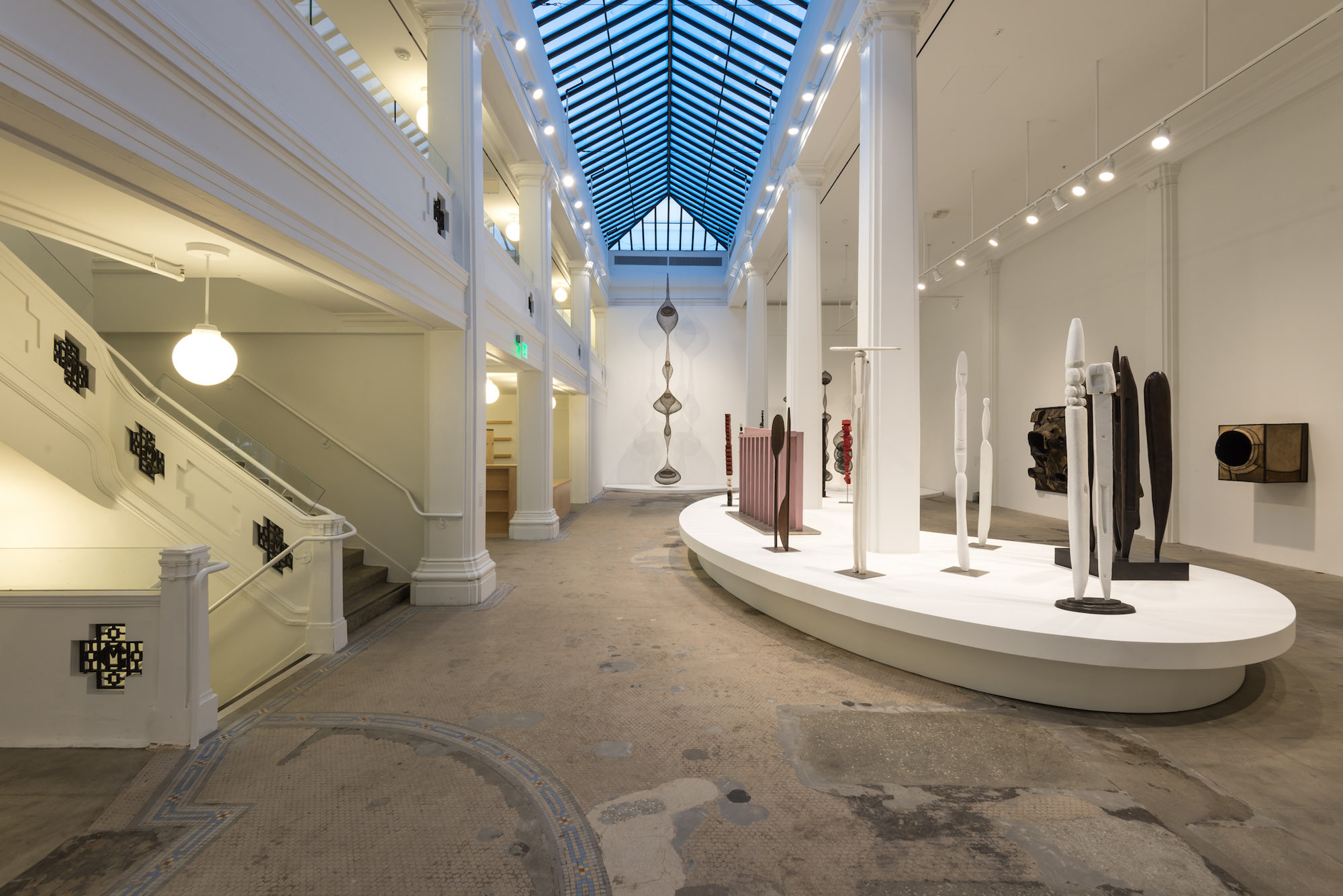
Iwan and Manuela Wirth
Gallerist partners, Hauser & Wirth
Nearly 25 years after founding their gallery in Zurich, the Wirths are the art world’s premier power couple of note. Besides an impressive roster that includes Isa Genzken, Paul McCarthy, and the Mike Kelley Foundation, they have stood out for investing in exceptionally vast spaces. Hauser & Wirth in Chelsea, for instance, occupies all 24,700 square feet of a former nightclub and roller rink. In 2015, they opened a sixth location in Los Angeles in a 116,000-square-foot former flour mill downtown. Meanwhile, the first-ever artist they represented, Swiss-born Pipilotti Rist, has a survey show at the New Museum, her first in New York.

Christo
Artist
Known for massive, impermanent installations, Christo worked for three decades with his wife and partner Jeanne-Claude until her death in 2009. The pair executed dozens of ambitious projects that were, as a rule, self-funded. Refusing grants, sponsorships, and even representation by a dealer, they paid for each project by selling extraneous artworks—for instance, preparatory drawings—directly to collectors. At 81, the Bulgarian-born artist is still carrying out their vision: the ephemeral “Floating Piers,” his first major endeavor since 2005 (and his wife’s passing), was a two-mile-long nylon pathway over Lake Iseo in Italy that opened for a 16-day run earlier this summer.
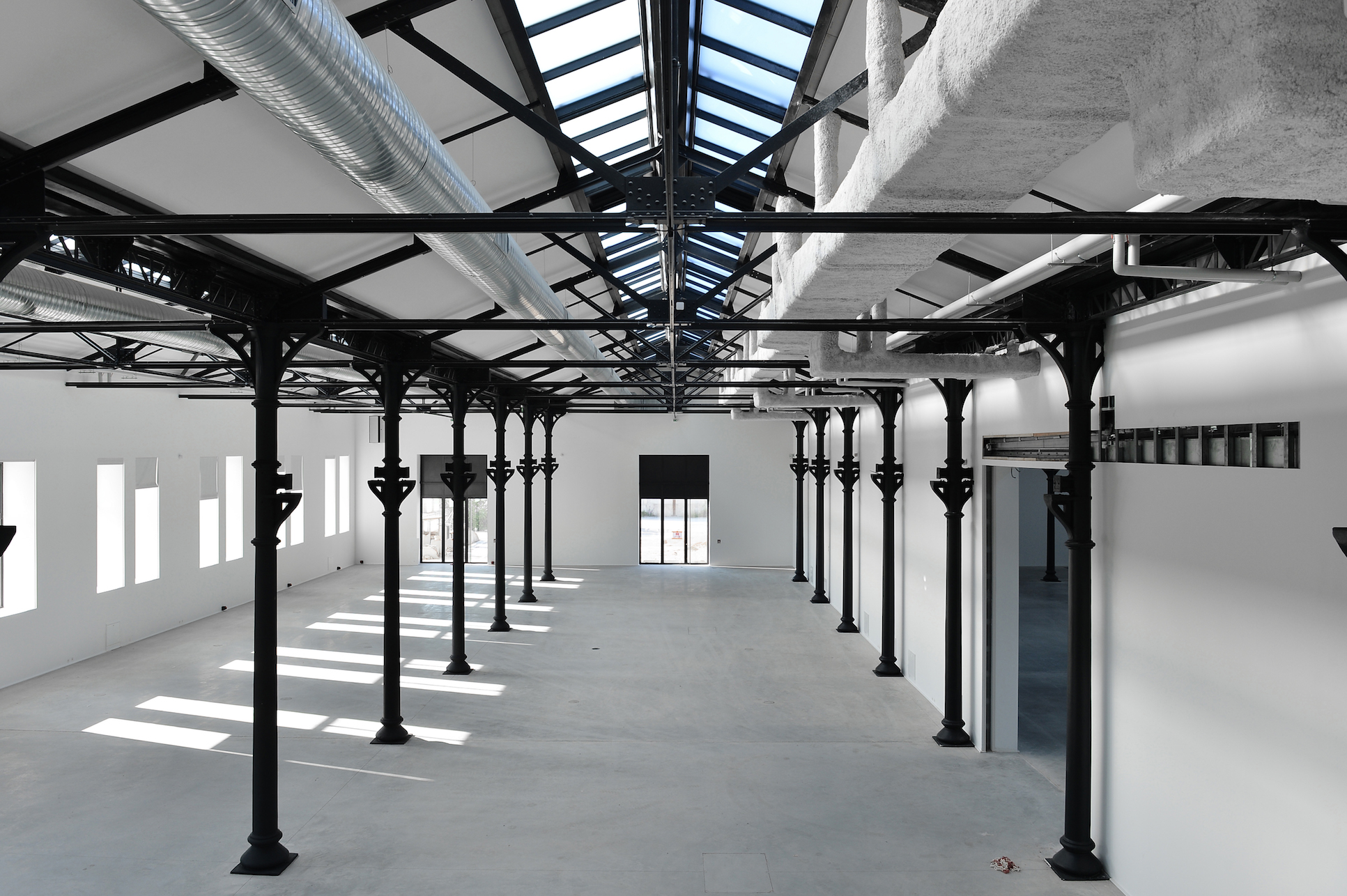
Maja Hoffmann
Philanthropist
Founder, LUMA Foundation
Since starting LUMA Foundation in 2004, Swiss pharmaceutical heiress Hoffmann has supported countless arts and culture projects, often with environmental messages, around Europe and the United States. In 2014, Hoffman set out to establish an “art campus” near her favorite of several homes, in Arles, France. Occupying the Parc des Atelier, a former trainyard, the main feature will be a Frank Gehry-designed complex, set to be completed in 2018. But first, LUMA Arles kicked off this summer with the debut of two new Annabelle Selldorf-designed exhibition spaces, formerly train warehouses, with a show on contemporary photography.
Michael Heizer
Artist
With a few notable exceptions, Heizer’s artwork tends to gain power the farther away it is from crowds, institutions, or, really, any trace of civilization. Affiliated with the Land Art movement, Heizer has spent decades in the deserts of Nevada and California, creating outdoor sculptures that seem to rival the famously expansive skies there. Nothing comes closer than “City,” which he started in 1972, an architectural complex stretching over a mile (and about 50 from the nearest town). In 2015, Barack Obama designated the area a national monument, protecting it from any number of self-interested forces. This past spring, the Whitney presented a solo show of six ceiling-height photographs that documented Heizer’s view from an 18-foot-deep hole he dug near Munich, Germany, in 1970.
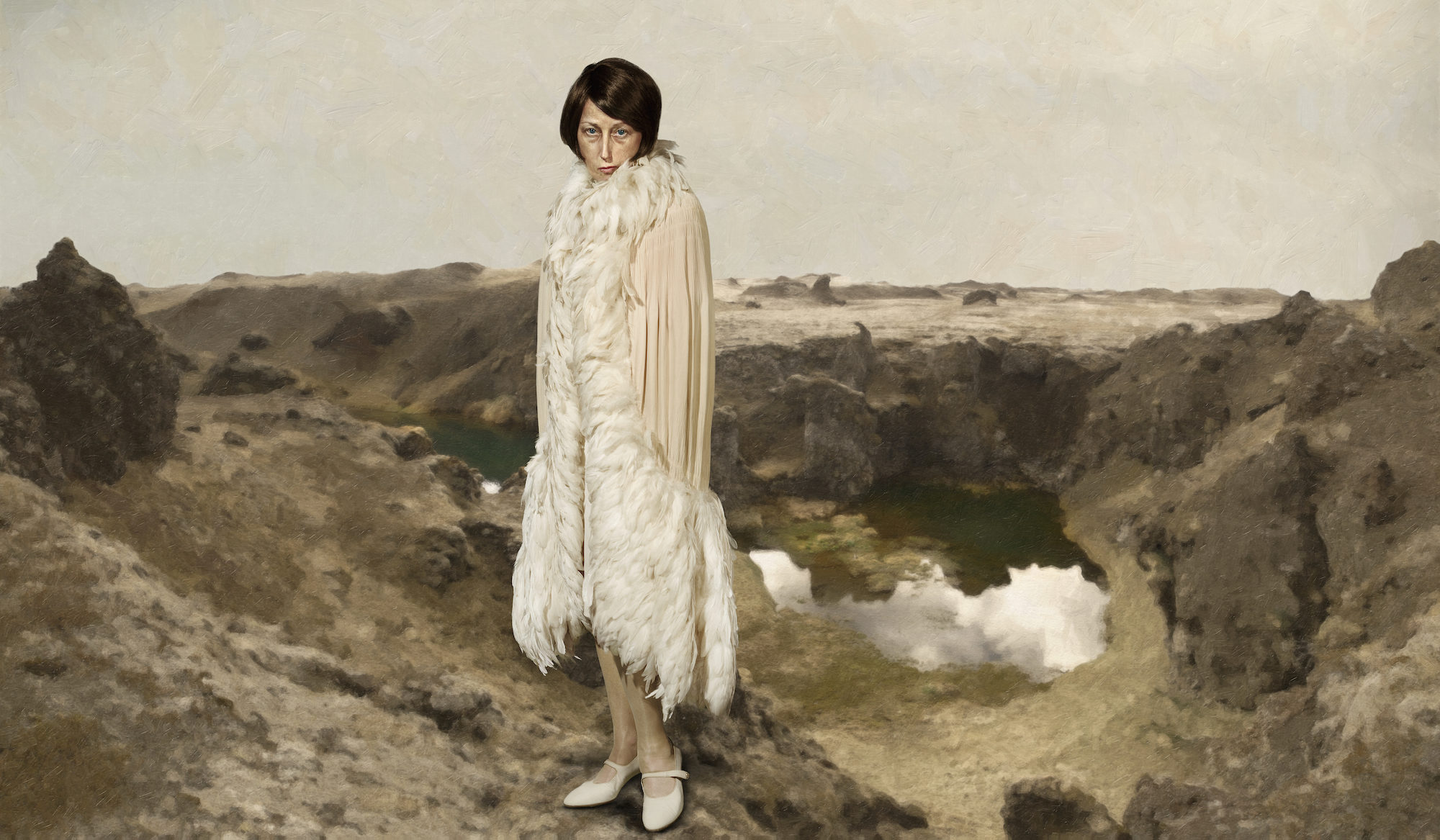
Cindy Sherman
Artist
Now 62, Sherman’s career started in the late 1970s, when she first began taking self- portraits dressed up as stock female characters of American pop culture, especially cinema. Her “Film Stills” catapulted her to fame with a critically acclaimed show at Metro Pictures in 1980, and she became one of the key artists of the Pictures Generation. She has often revisited themes from her “Film Stills,” but only this past spring did her oeuvre reach its second culmination with another show at Metro Pictures: a series in which she embodies tropes of aging women. Additionally, a major survey opened this summer at The Broad in Los Angeles, which, being so near to Hollywood, gives it special resonance.
Christine Tohmé
Founder and curator, Plastic Arts Ashkal Alwan
Appointed curator of the 2017 Sharjah Biennial last fall, Tohmé has built an international profile as the woman behind Beirut’s Plastic Arts Ashkal Alwan, which she founded in 1993. Over the years the nonprofit organization has expanded to encompass a 10-day biennial conference, titled the Home Works Forum on Cultural Practice, as well as a residency and a “post-academic school.” This all supplements exhibition programming geared toward local, often younger contemporary artists. Tohmé caused a stir earlier this year when she announced on Facebook that Lebanese authorities had blocked her from renewing her passport. The matter was soon resolved, but only after the story was picked up by several outlets including Hyperallergic and Artforum.
Frances Morris
Director, Tate Modern
The reaction was one of unanimous praise back in January when it was announced that curator Morris would become the new director of the Tate Modern. Described as dedicated, warm, and extremely qualified, she was hired as a curator at the Tate in 1987. She’s since gained a reputation for championing women artists, having arranged retrospectives of, among others, Agnes Martin, Yayoi Kusama, and Louise Bourgeois. Morris also oversaw the completion of the museum’s new $367 million extension that opened this summer, which added at least 60 percent more gallery space in the form of a twisting tower with a view of London.
Maurice and Paul Marciano
Patrons
Cofounders of Guess, the Marciano brothers have cultivated a taste for contemporary art on the side. In 2013, they announced their plans for a public space to showcase their newfound (and, it would seem, preemptively established) Maurice and Paul Marciano Art Foundation; the eponymous museum will occupy a roomy 100,000-square-foot for- mer Masonic temple on Wilshire Boulevard in Los Angeles. Architecture firm wHY has spent three years working on a $20-million renovation of the building. It’s set to open in early 2017, and curator Philipp Kaiser, formerly at the Museum of Contemporary Art Los Angeles, will arrange the inaugural show.
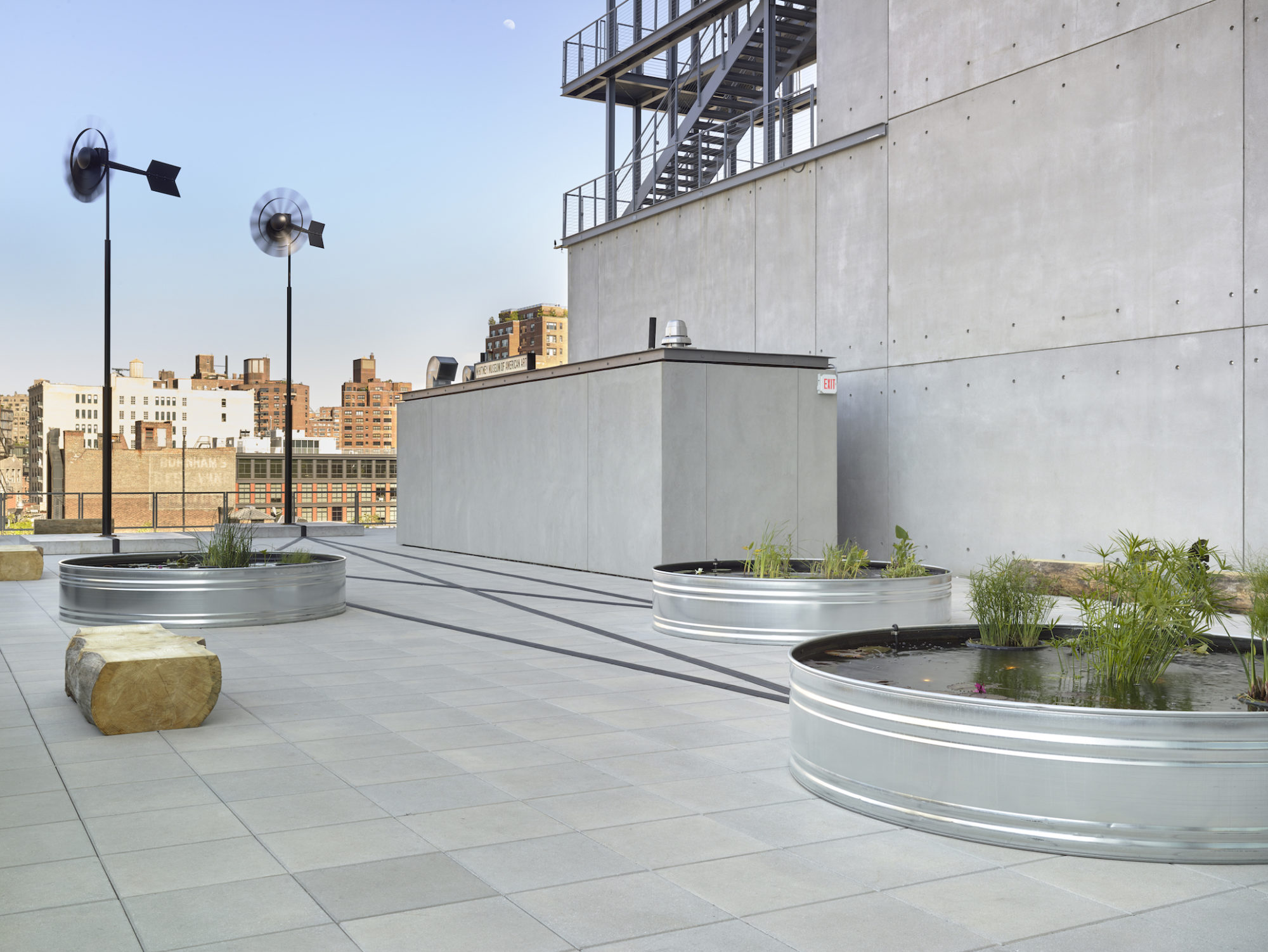
Scott Rothkopf
Chief Curator, Whitney Museum of American Art
Not yet two years in his current position, Rothkopf has revitalized the Whitney with an enlightened, in-touch, and open-minded approach to the institution’s modern and contemporary art programming. A former Artforum editor, he first gained recognition as the curator of the 2013 blockbuster Jeff Koons retrospective (an artist challenging enough to summarize, but Rothkopf had the added pressure of staging the Whitney’s
send-off show at The Breuer). The dozens of shows he has overseen since—from exhibitions of lesser-known younger artists like Rachel Rose and Jared Madere, to heavyweights like Frank Stella—have been received positively by critics. Next spring’s Whitney Biennial will be organized by Mia Locks and Christopher Y. Lew, two promising curators poached by Rothkopf from MoMA PS1.
Thelma Golden
Director and Chief Curator, The Studio Museum in Harlem
Legendary for her commitment to New York City’s art institutions, from involvement with artists to engagement with the viewing public, Queens-born Golden is truly a New York treasure. Her four decades of experience include 10 years at the Whitney that began in 1988, when she was the first black curator hired by the museum, and the past 11 years as the director of The Studio Museum in Harlem (SMH), where she has championed artists like Chris Ofili and Lorna Simpson and architect David Adjaye. As of last year, Adjaye has returned to SMH, this time to head the museum’s $122 million dollar expansion, set to open in 2019. Meanwhile, Golden has accepted a position on the board of the Obama Foundation, where she will advise on the president’s eponymous library, soon to break ground in Chicago.
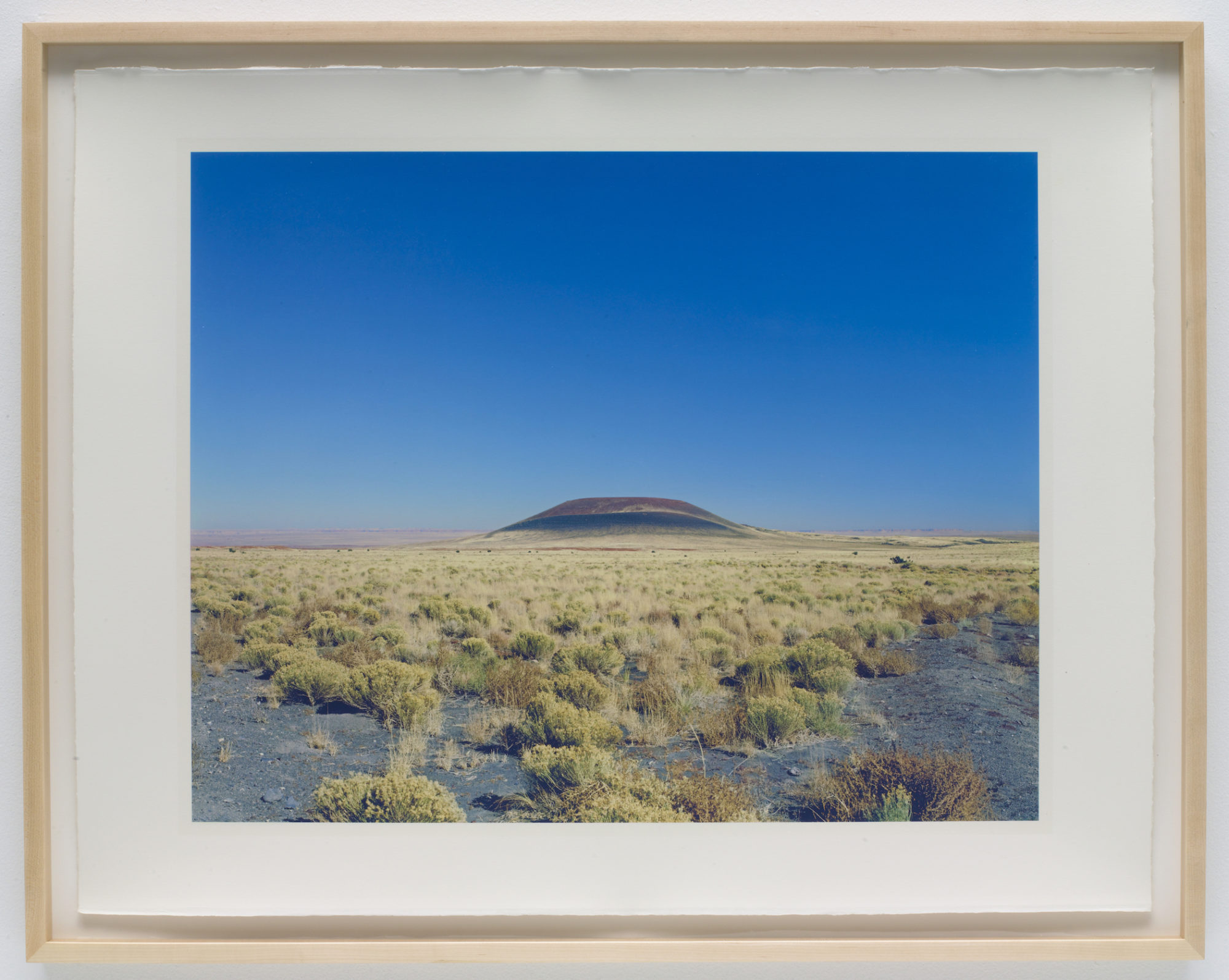
Arne Glimcher
Founder and owner, Pace Gallery
Glimcher’s name is one that retains some anonymity despite Pace’s high profile, notably bolstered by Jay-Z’s “Picasso Baby” performance at the gallery in 2013. Since the 1960s, Glimcher has singled out artists with a certain tasteful, popular appeal who are also supported in academia, like Chuck Close, David Hockney, and Tara Donovan. The most recent edition to his nine spaces is a gallery in Palo Alto, which was spearheaded by his son and current company president, Marc Glimcher, and opened in April with a show of new work by James Turrell. Shortly after, the gallery welcomed back Julian Schnabel, who had left for rival Gagosian Gallery in 2002, and returned to Pace in May.

Robert Irwin
Artist
A Southern California native, Irwin is among the original Light and Space artists, a movement on the West Coast whose members, like James Turrell and Larry Bell, borrowed minimalist elements for simple, space-encompassing sculptures that aimed to transform environments rather than exist as stand-alone art objects. However, as was the case for his peers, it was a challenge to preserve the memory of the ephemeral pieces—least of all because Irwin was reluctant to have them photographed, as their powerful atmospheric effects could only be experienced in person. This summer, a survey at the Hirshhorn of Irwin’s 1960s work offered the rare opportunity to do so: It was the first time his early pieces had been displayed together in a comprehensive exhibition. Elsewhere, a long-awaited permanent sculpture in Marfa, commissioned by Donald Judd’s Chinati Foundation, was just completed.
Marian Goodman
Gallerist
At 88, Goodman has garnered universal respect from peers and artists alike. Next year marks a half-century since she first opened her doors in New York with a show of the Belgian conceptual artist Marcel Broodthaers. Then came a Paris location in 1995, and, in 2014, one in London. Her roster boasts living icons including John Baldessari, Maurizio Cattelan, Tacita Dean, William Kentridge, Julie Mehretu, Gerhard Richter, Thomas Struth, and Lawrence Weiner. Many have remained loyal for decades. Last fall, Independent Curators International presented her with the Leo Award for her commitment to artists and contemporary art.
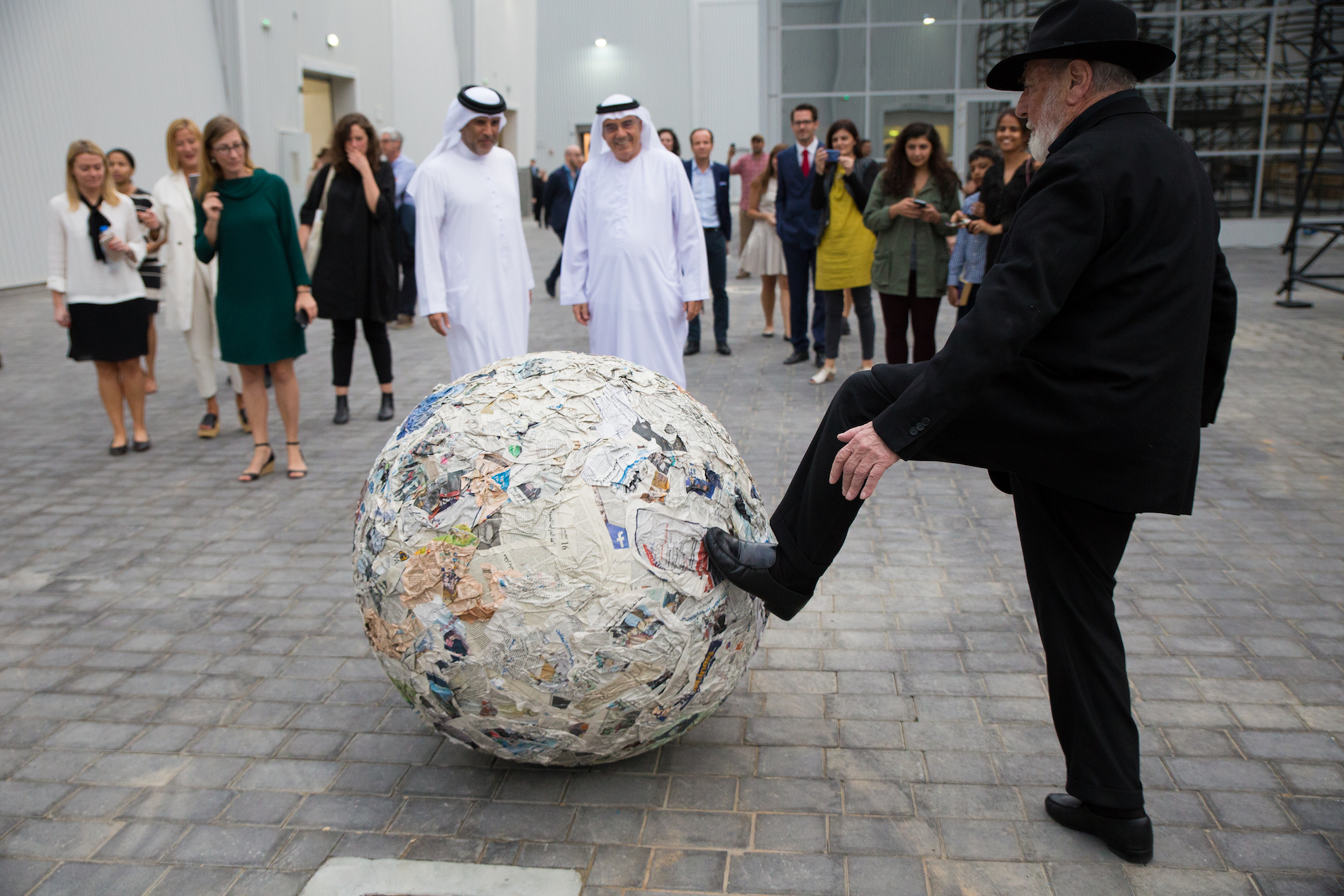
Abdelmonem bin Eisa Alserkal
Patron and founder, Alserkal Avenue
In a city of superlatives, the $14 million expansion of Dubai’s Alserkal Avenue makes it one of the largest art hubs in the world. Born and raised in the city, Alserkal was influenced by his arts patron father, a businessman who ran an international trade company—as such, the intricate relationship between culture, business, and real estate has always been familiar territory for him. The culmination of these interests for the American-educated entrepreneur was Alserkal Avenue, which arrived quietly in 2007 with a handful of galleries situated in warehouses. However, it was last fall’s new expansion—making room for 16 additional galleries as well as artist studios, boutiques, a live music venue, and more—that put the burgeoning arts destination on the map.

David Zwirner
Founder and owner, David Zwirner Gallery
Over the past few years, a steadily growing number of insiders have come to see Zwirner—with his roster of popular artists and a no-nonsense approach—as rivaling Larry Gagosian. It’s no small feat considering the thousands competing in Gagosian’s shadow. The son of a German dealer, Zwirner inherited some of his father’s know-how. But, unlike many of his defunct former peers, he has steadily adapted to the burgeoning contemporary art market, and has the real estate to show for it: two Chelsea locations, including one by Annabelle Selldorf, and another in London. Selldorf is also designing his first Asian gallery, opening in Hong Kong in fall of 2017, that will occupy 10,000 square feet over two stories in a still-under-construction “art and lifestyle” tower.

Michael Bloomberg
Philanthropist
During Bloomberg’s 12-year tenure as mayor, New York became the leading city for arts funding in the United States. The more than $3 billion invested in the industry resulted in 320,000 new jobs, strengthening Manhattan’s robust economy and cultural clout in one go. After leaving office in 2014, Bloomberg continues to run Bloomberg Philanthropies, an organization dedicated to sponsoring the arts nationwide. Last June, the organization awarded $1 million to each of four cities to fund proposed public art projects, including a visual and culinary arts hub in Gary, Indiana, and 15 art projects stationed around the Los Angeles River that highlight local environmental concerns.
Roberta Smith
Co-chief art critic, The New York Times
It’s difficult to overestimate the weight of Roberta Smith’s opinion in the art world. Her glowing endorsement of the Museum of Modern Art’s “Picasso Sculpture” exhibition in 2015 helped propel the attendance to an estimated 6,000 visitors daily, forcing MoMA to institute timed-ticket entry by the holidays. In March, her lukewarm response to the Met Breuer’s inaugural show dealt a blow to the museum’s earnest but ill-advised contemporary direction. One trend piece, published in June, highlighted six new and established galleries that were recently founded at or moved to atypical spaces, which have no doubt experienced an increase in foot traffic as well.
Cheyenne Westphal
Incoming chairman, Phillips
Based in London, Cheyenne Westphal was a quiet but potent force driving Sotheby’s contemporary art market for over two decades until last year, when the company’s acquisition of an elite contemporary art advisory, which would have chipped away at her responsibilities, took her by surprise. Not missing a beat, Westphal resigned from Sotheby’s, and, within months, had offers from both Phillips and Christie’s. Though third globally, Phillips won her over with its exclusive focus on contemporary art, a title of chairman, and its veritable “momentum,” as she described to the Wall Street Journal. Westphal’s appointment, beginning in 2017, has roused all the anticipation of an auctioneer’s gavel ready to strike.
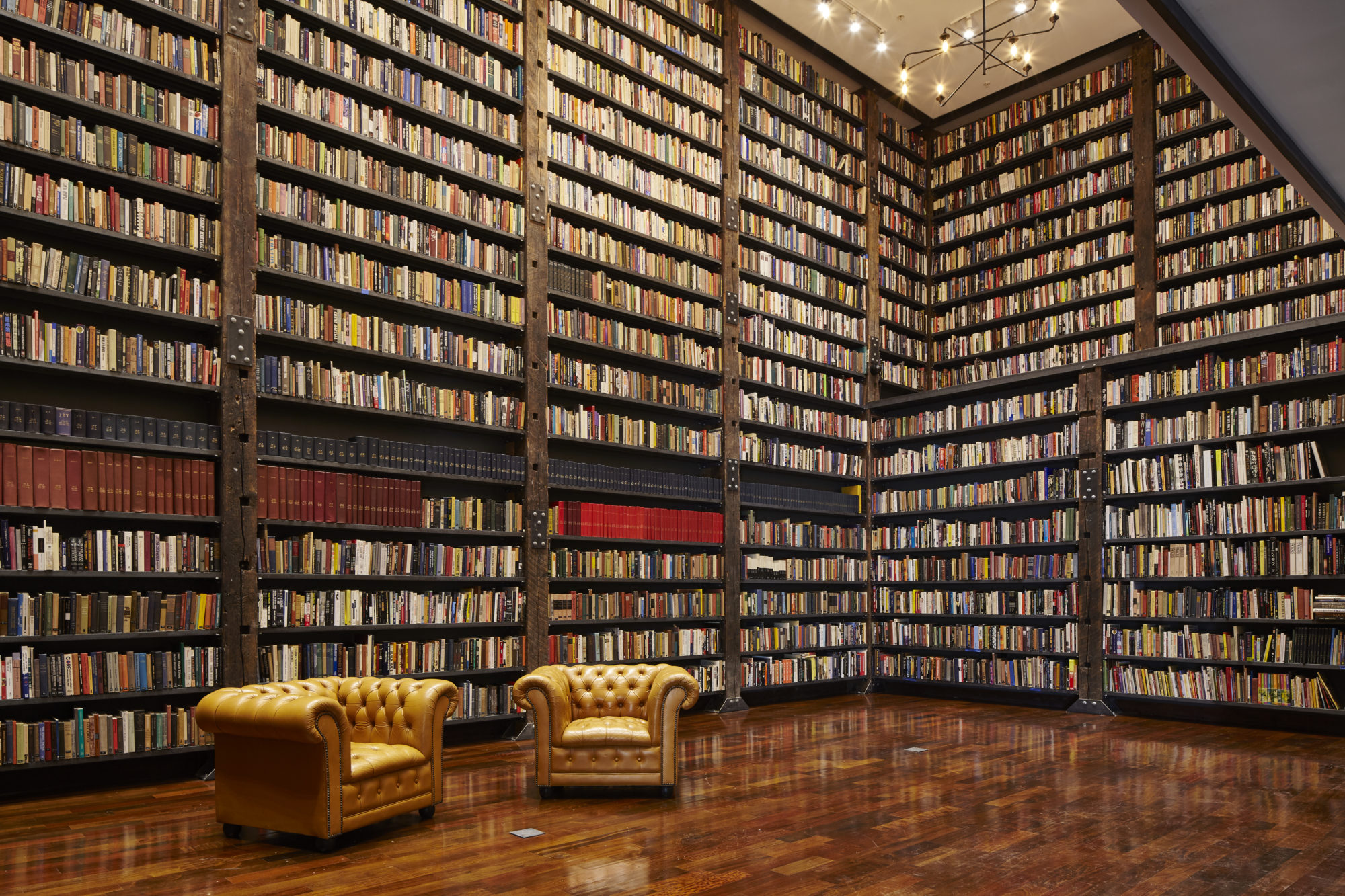
Theaster Gates
Artist
Founder and artistic director, Rebuild Foundation
Chicago-born Gates founded Rebuild Foundation in his hometown as a hub to launch a variety of urban improvement projects, initially aimed at the city’s downtrodden South Side. His cumulative efforts have arguably been more impactful—in terms of staying power and scope—than any social practice enterprise since that realm of art took shape in the mid-aughts. Around 2010, Gates bought up abandoned buildings in the South Side’s Greater Grand Crossing neighborhood from Chicago for as little as $1. These he renovated to establish community arts and culture centers with rich resources, ranging from multimedia libraries, to exhibition spaces, to a cinema featuring films starring or made by “people of the African diaspora.” Gates also directs an arts incubator at the University of Chicago that focuses on community engagement. This year, he also had a solo exhibition at the Fondazione Prada in Milan.
Contributors: Spencer Bailey, Logan Baker, Evan Berk, Amanda Choy, Charles Curkin, Chloe Foussianes, Alexandra E. Gay, Maranda Janky, Courtney Kenefick, David Lozada, Samantha Meade, Shyam Patel, Daniel Preston, Stephen Pulvirent, Jonathan Schultz, Rachel Small, Nate Storey, Ian Volner, Lily Wan, Victoria Wasylak.